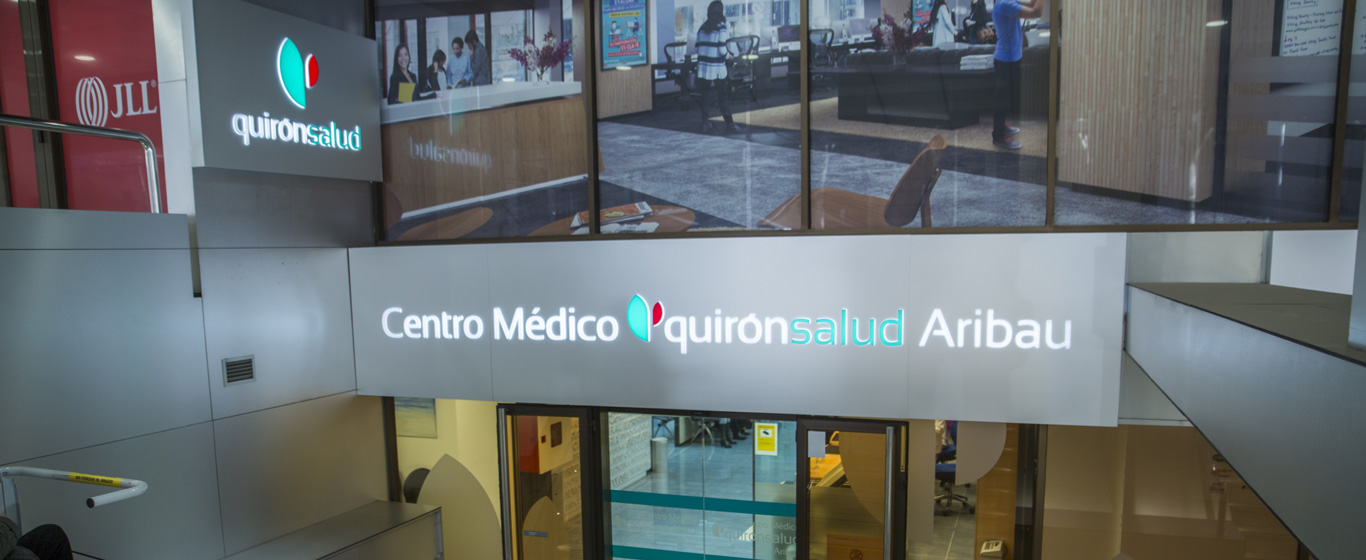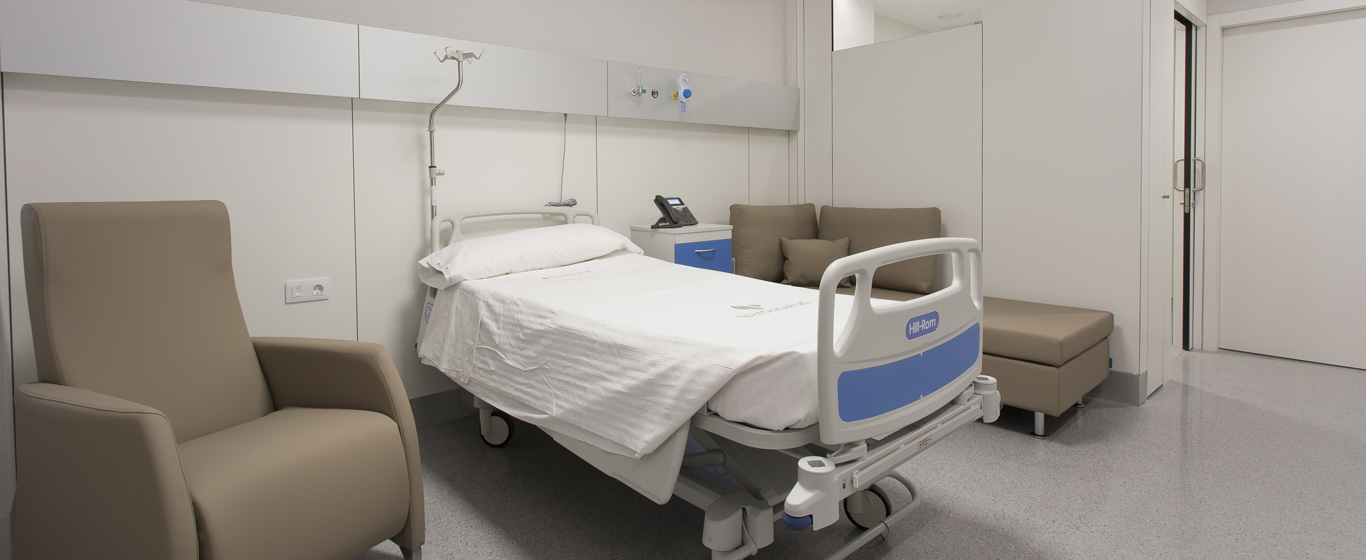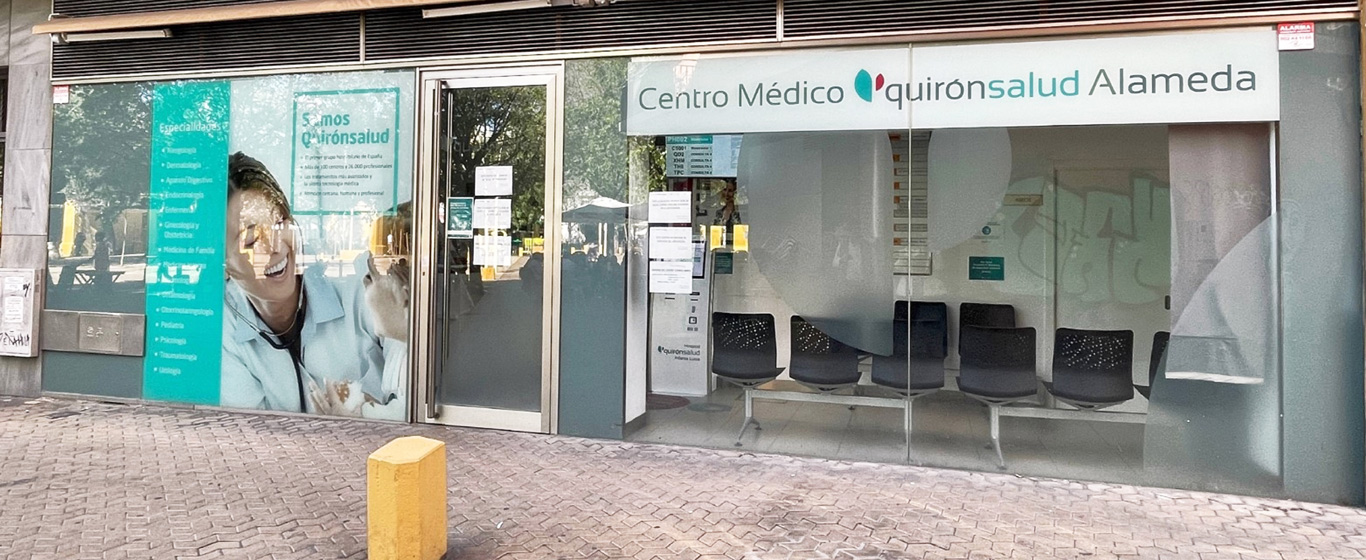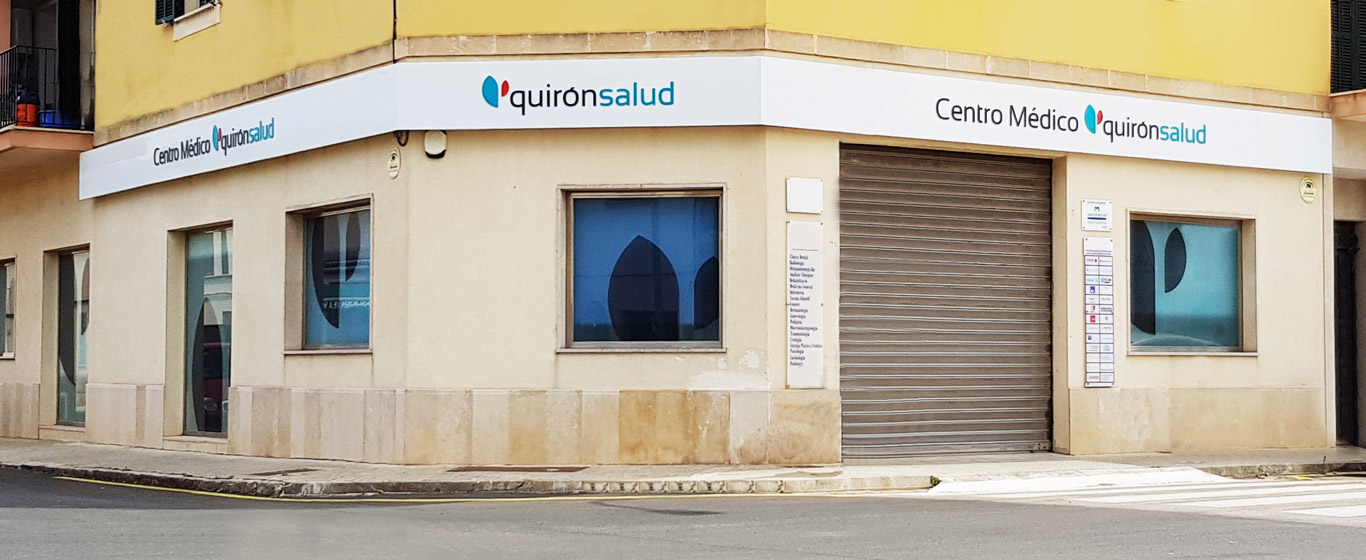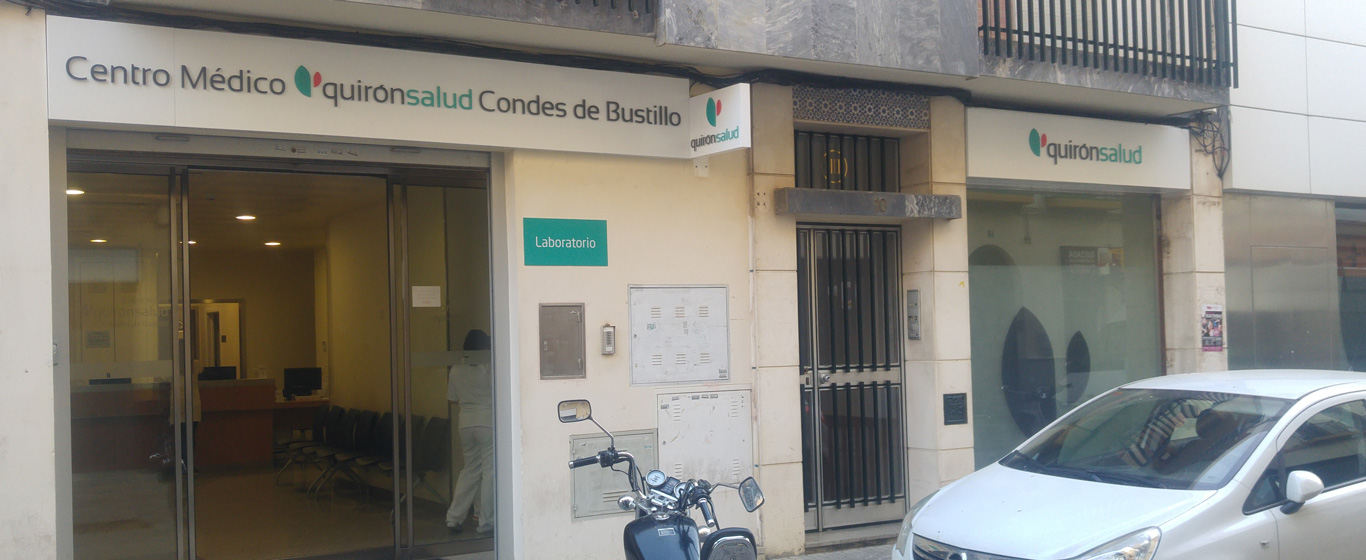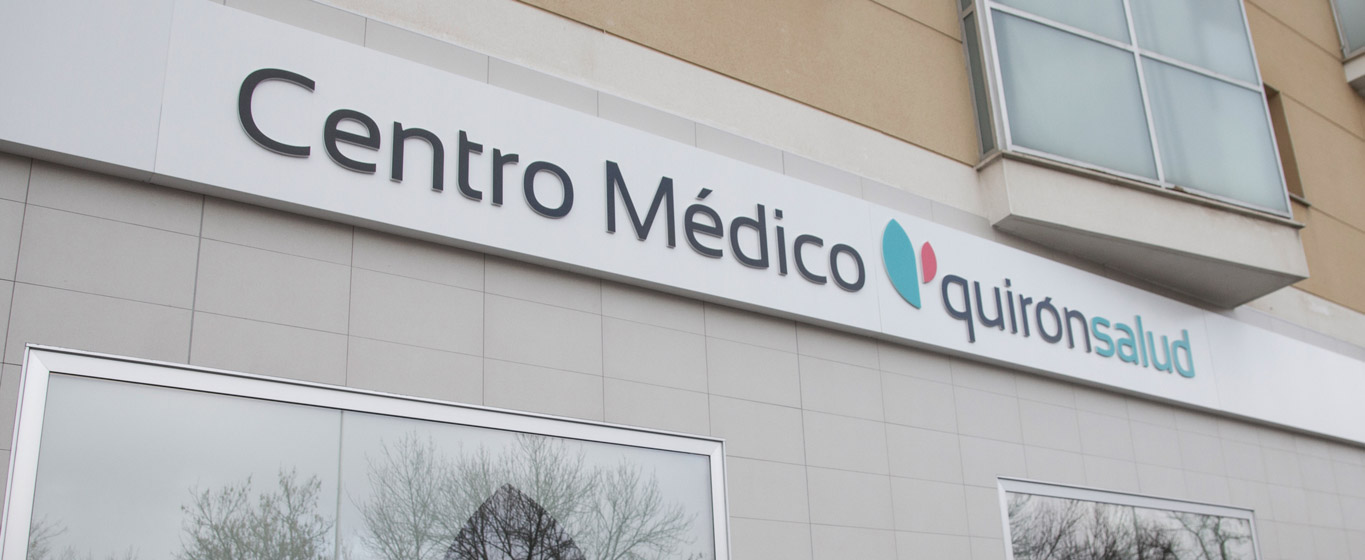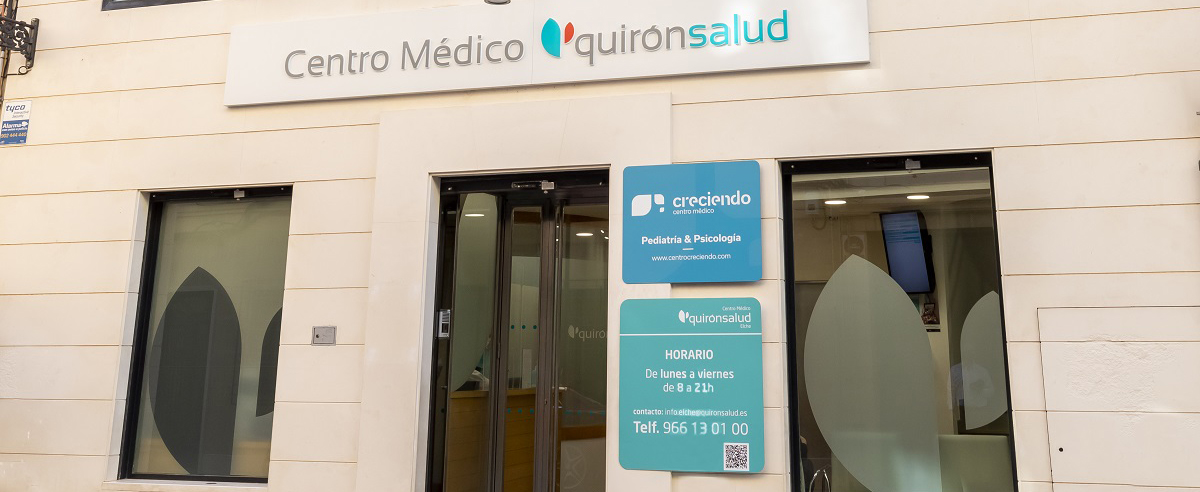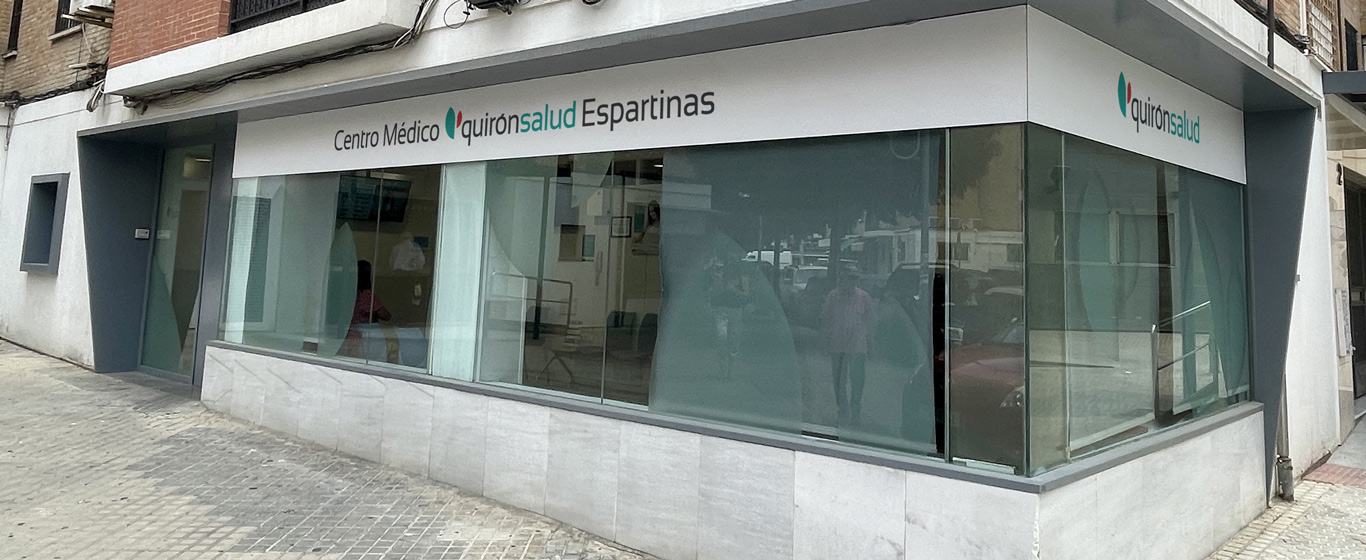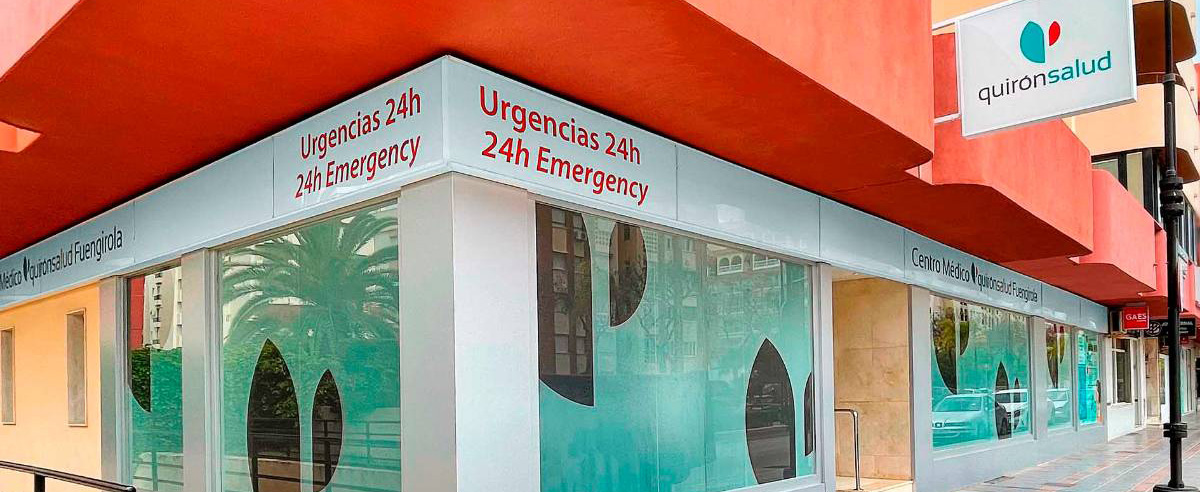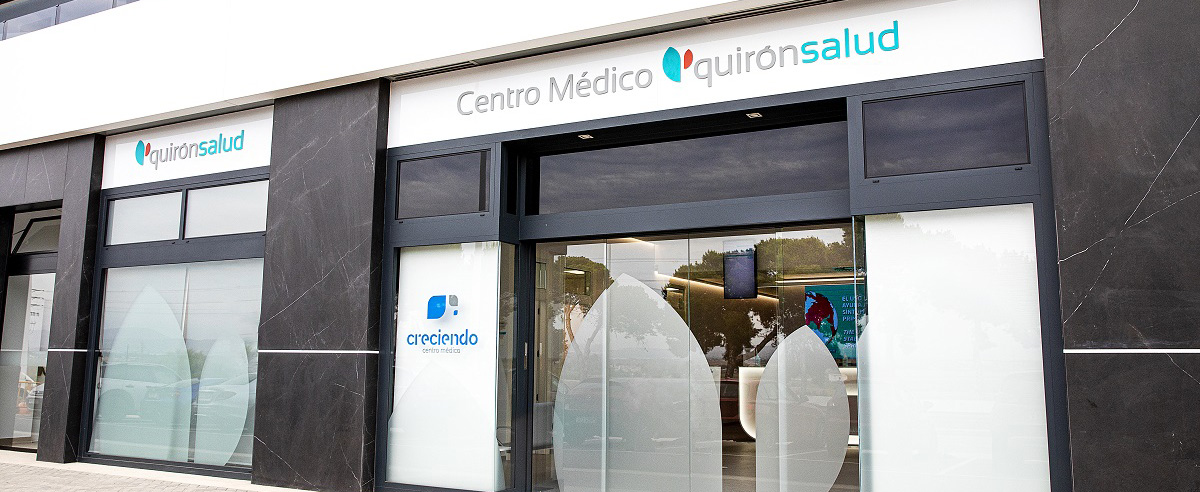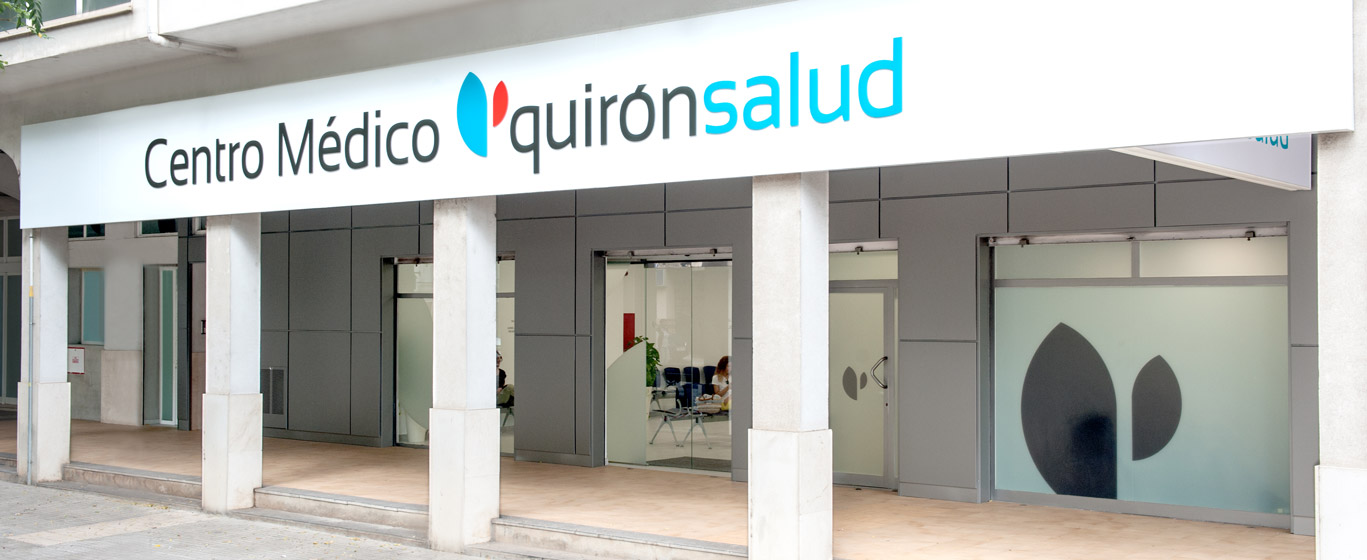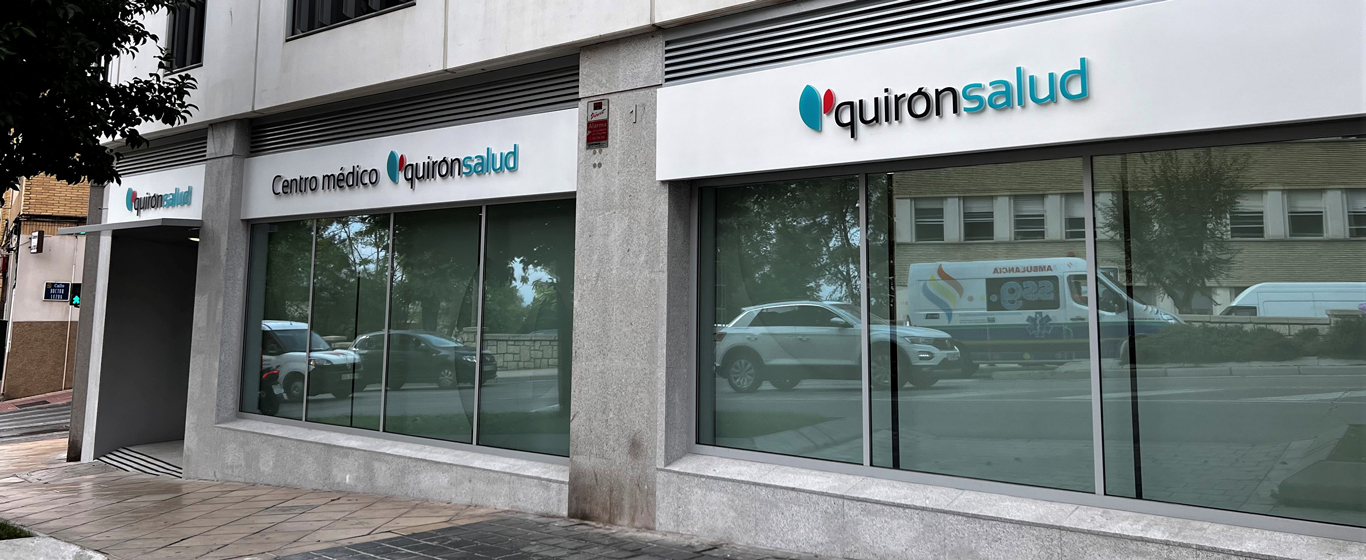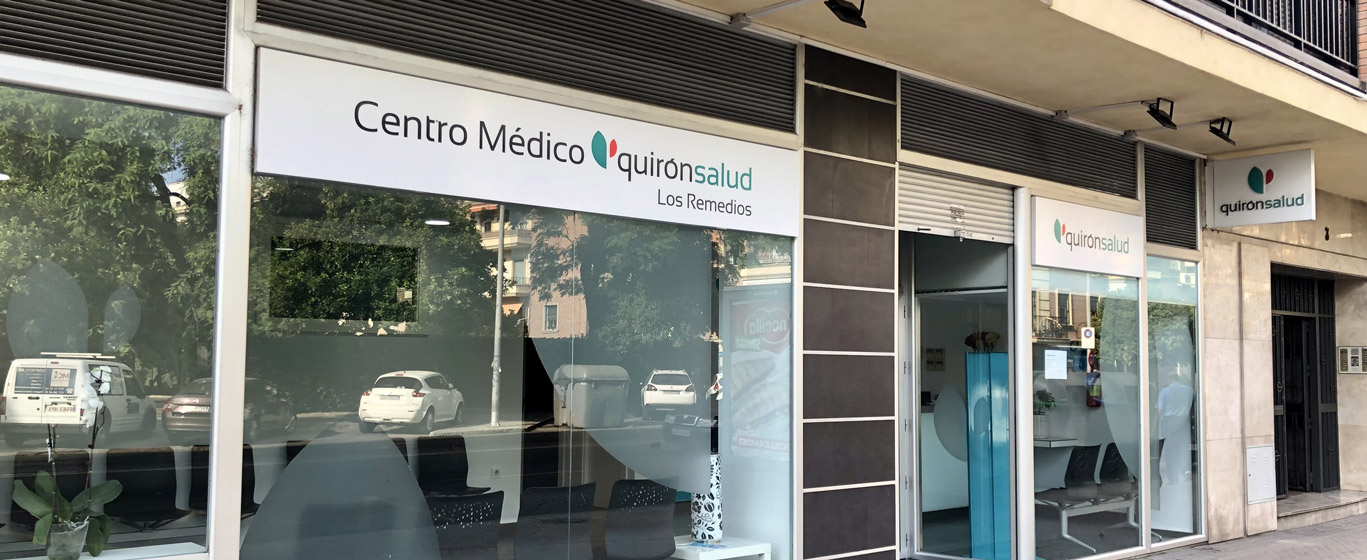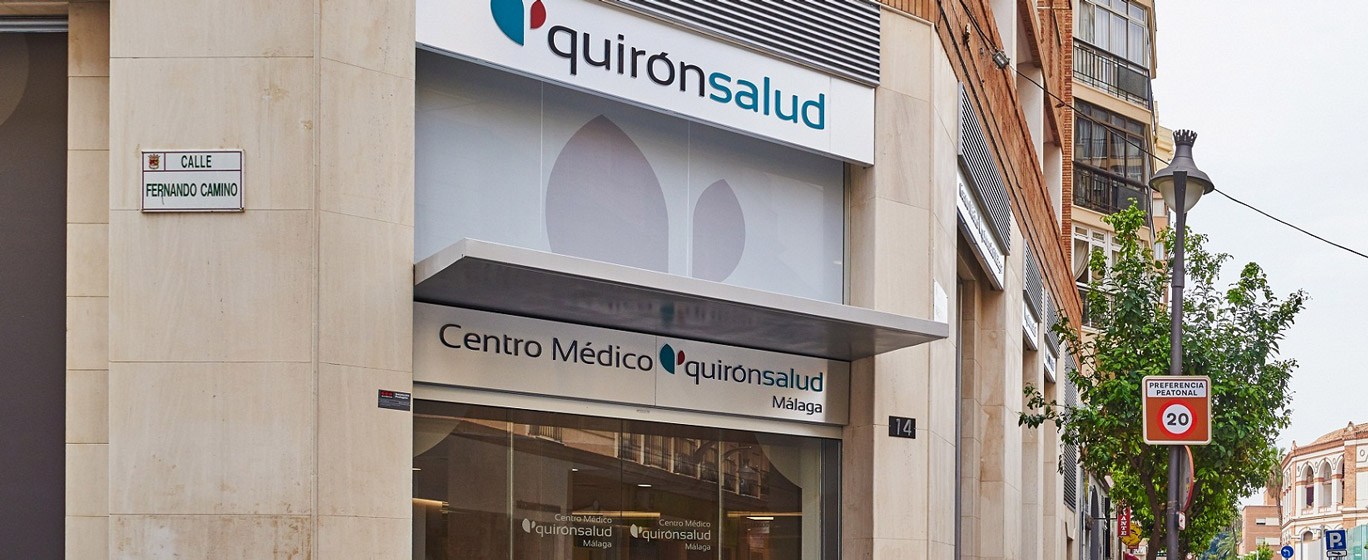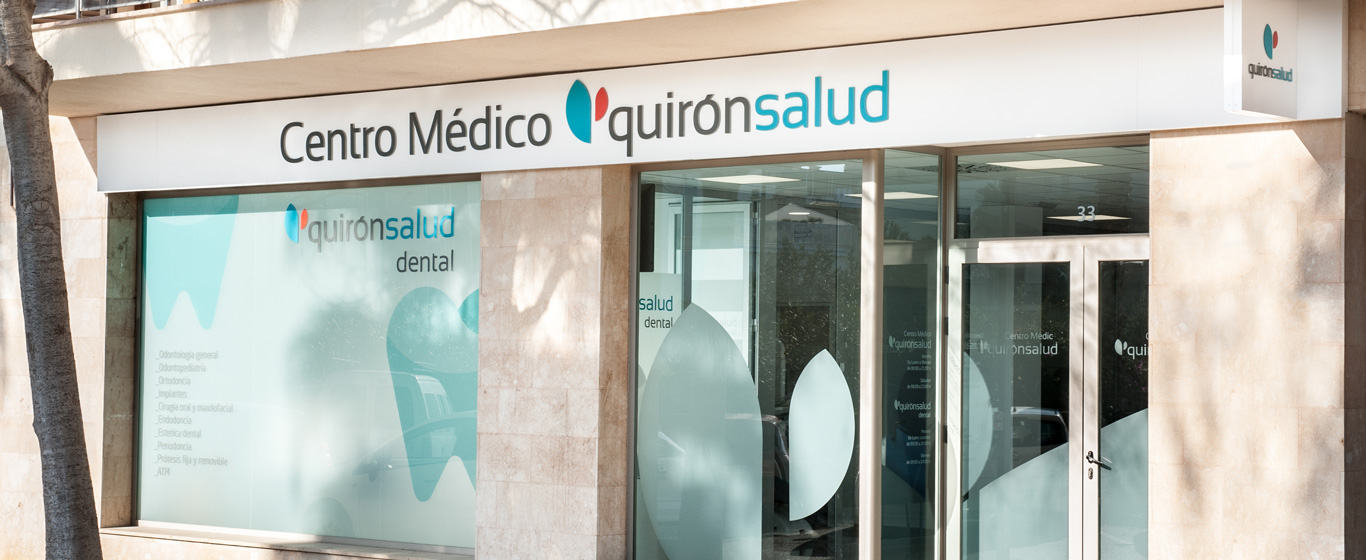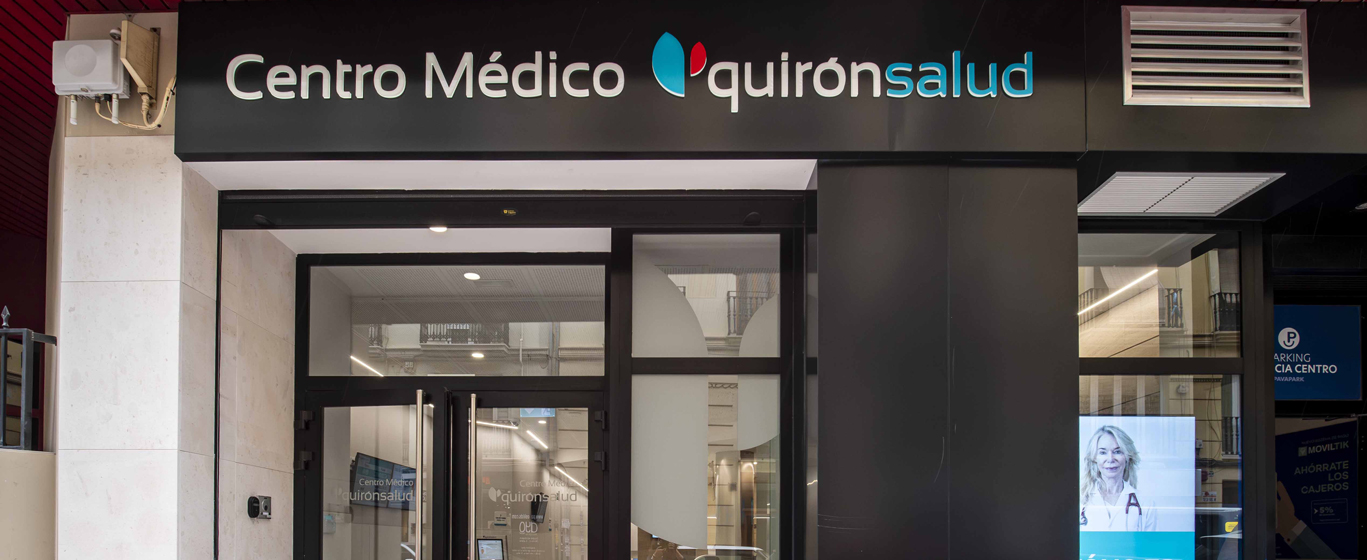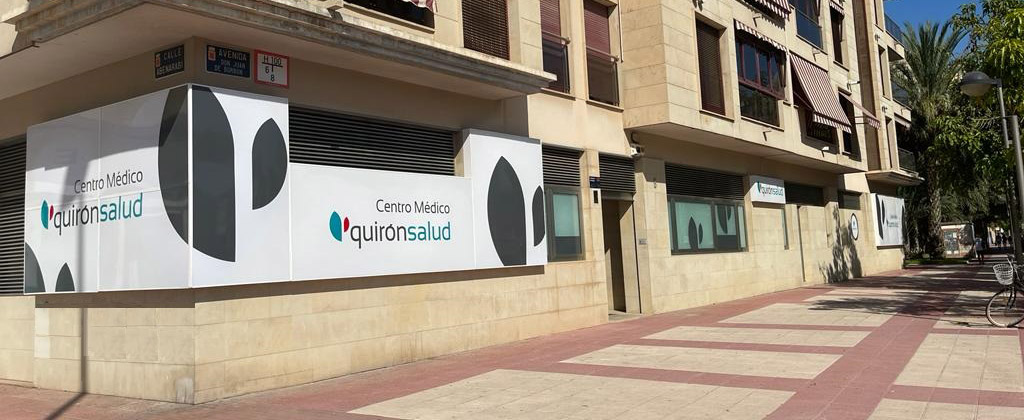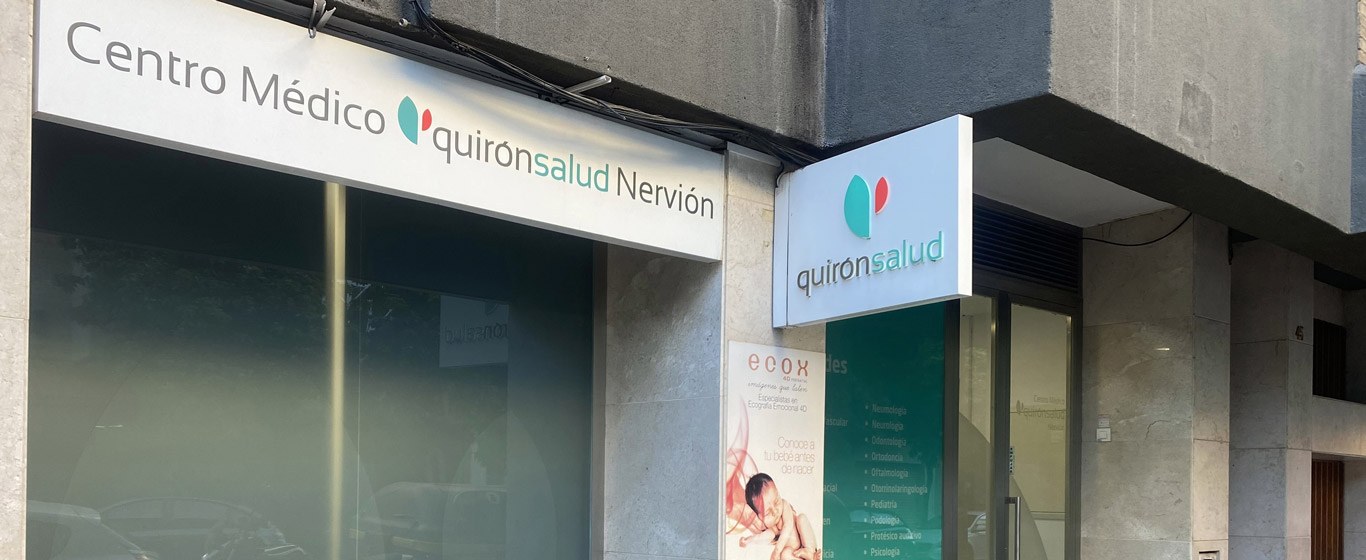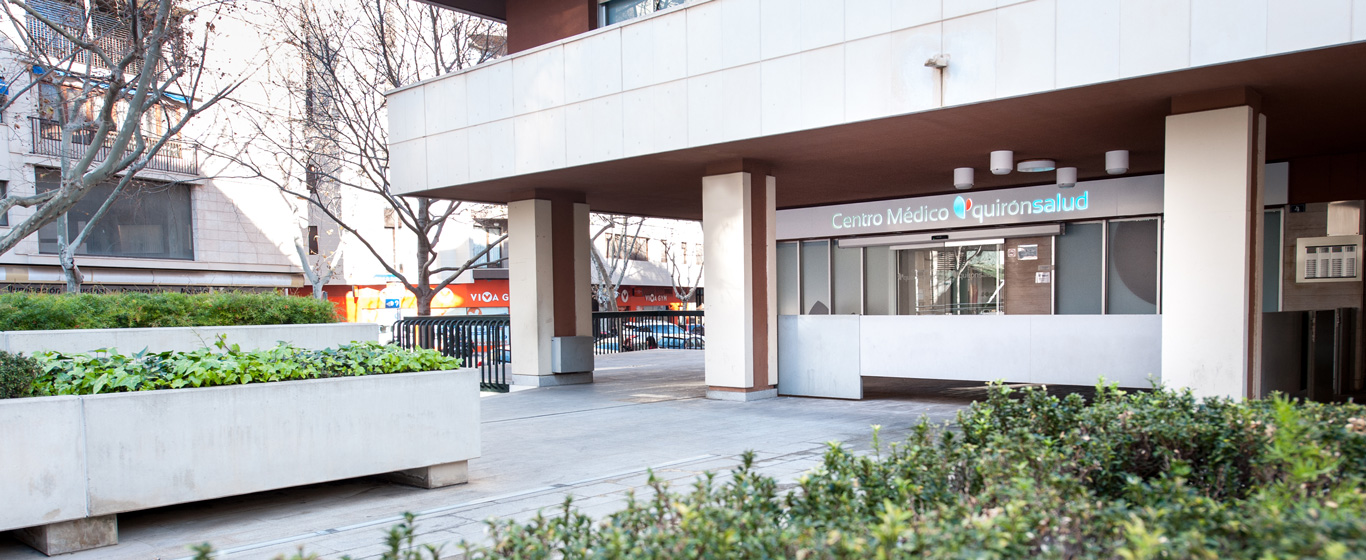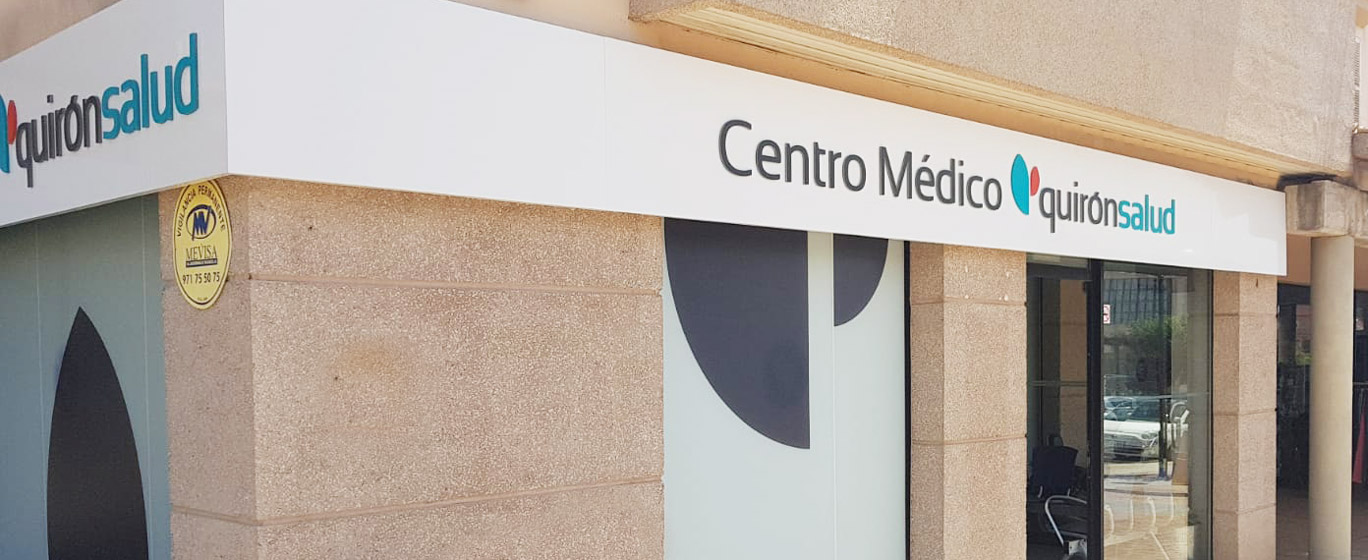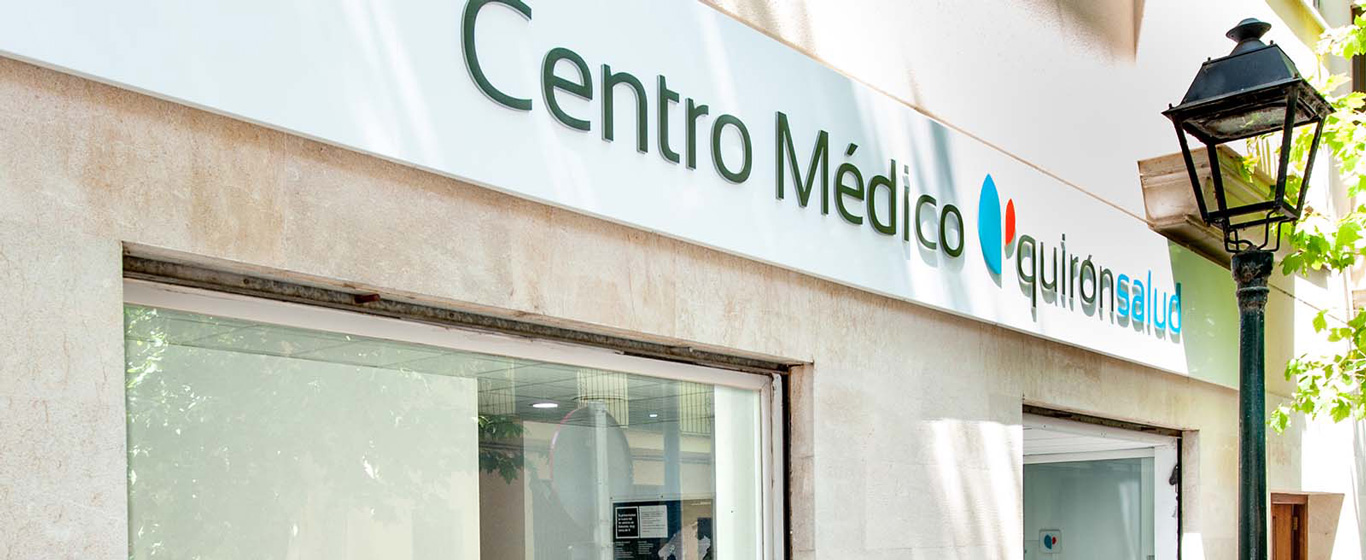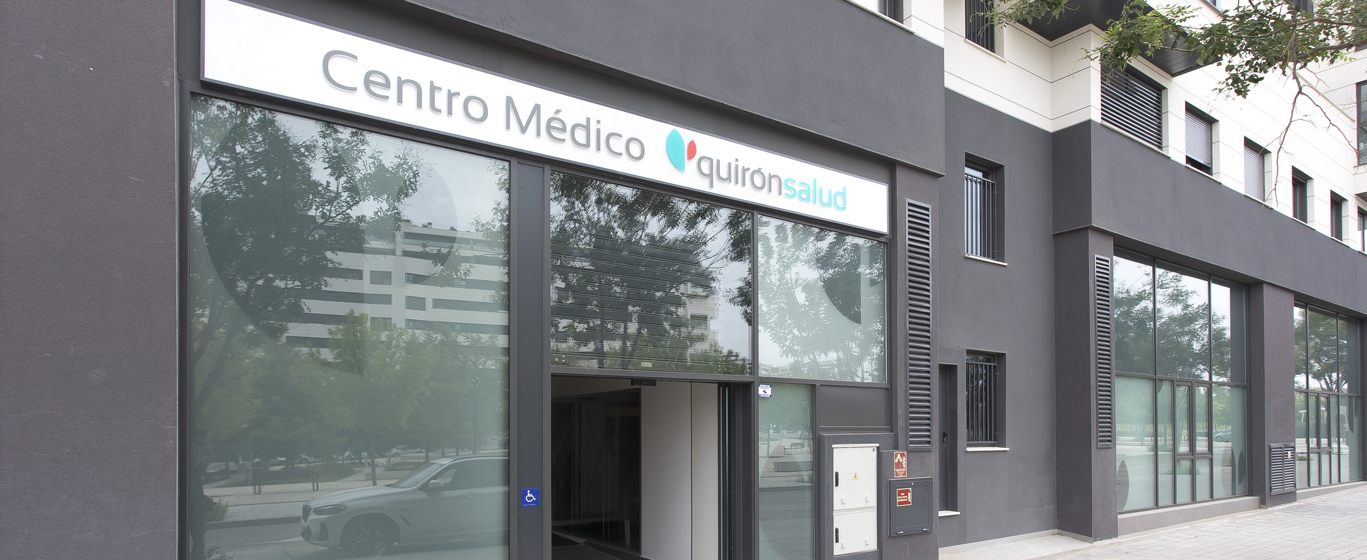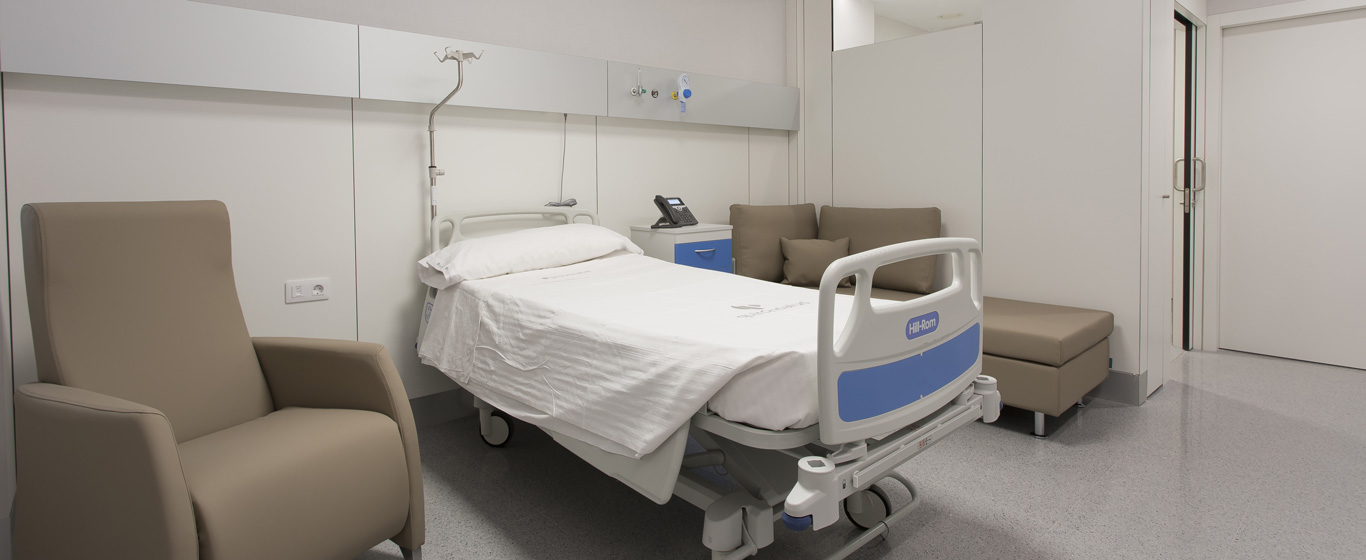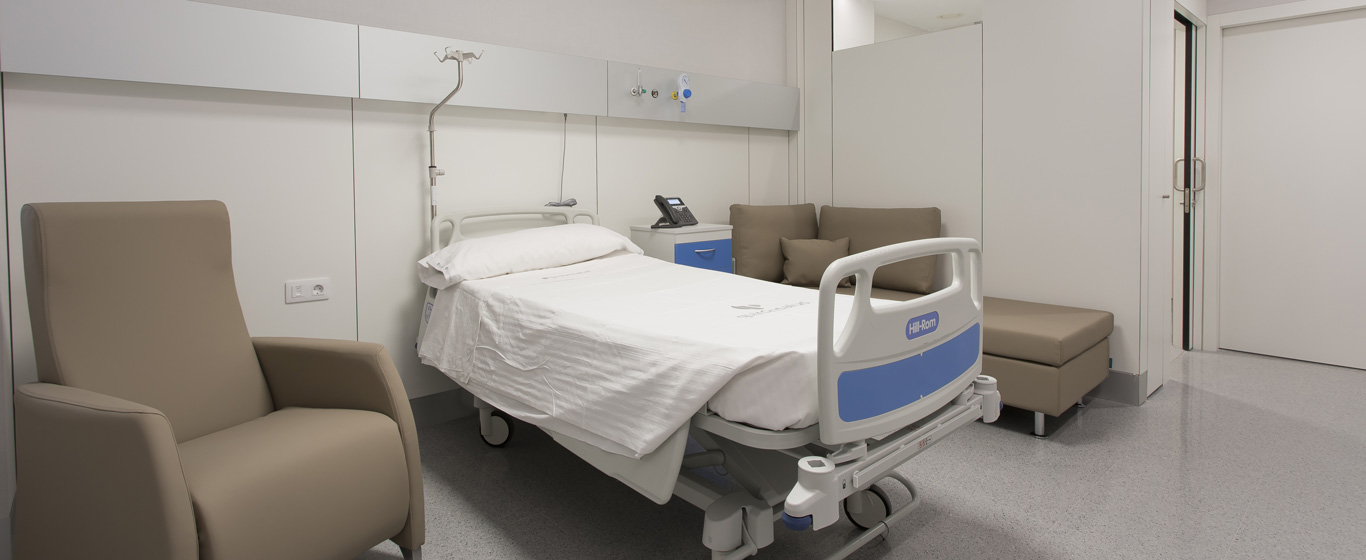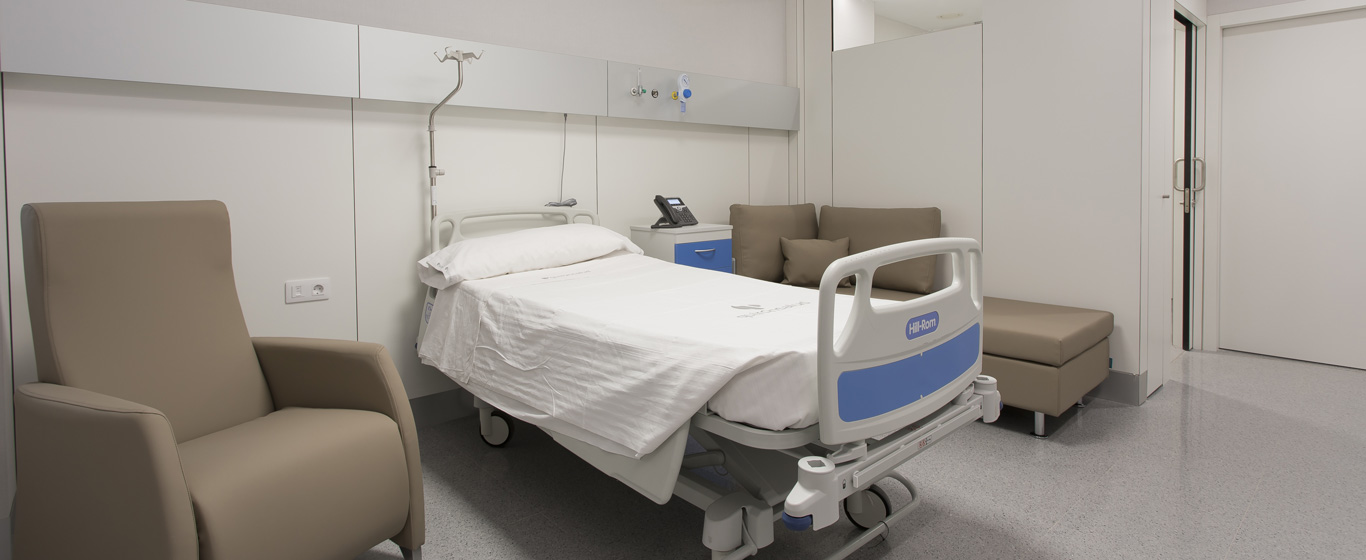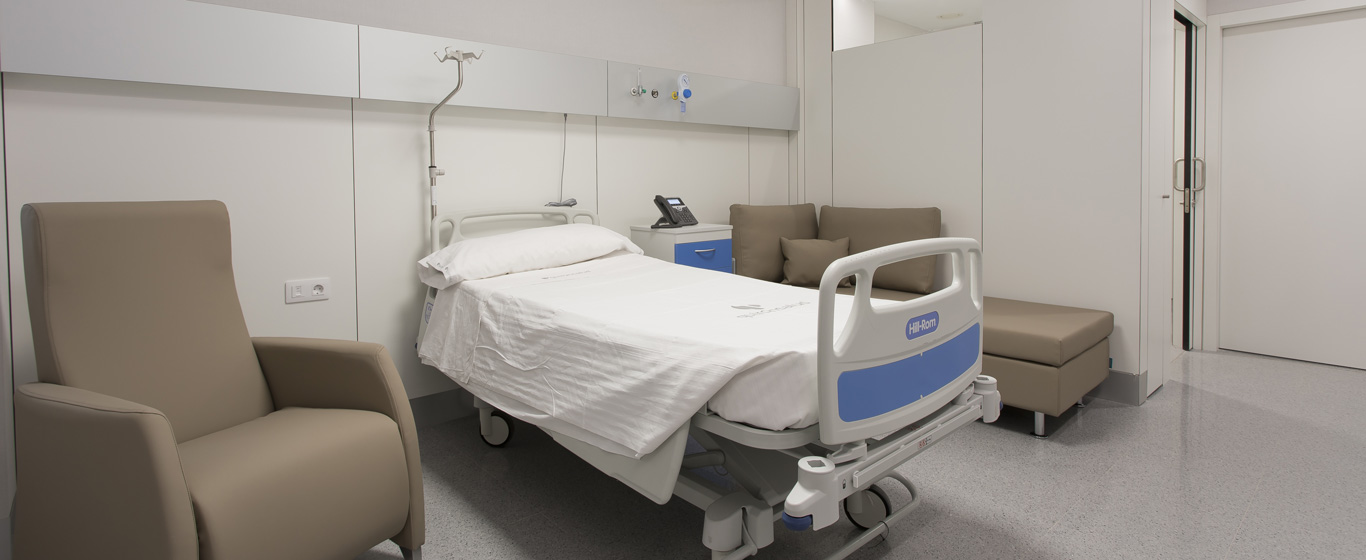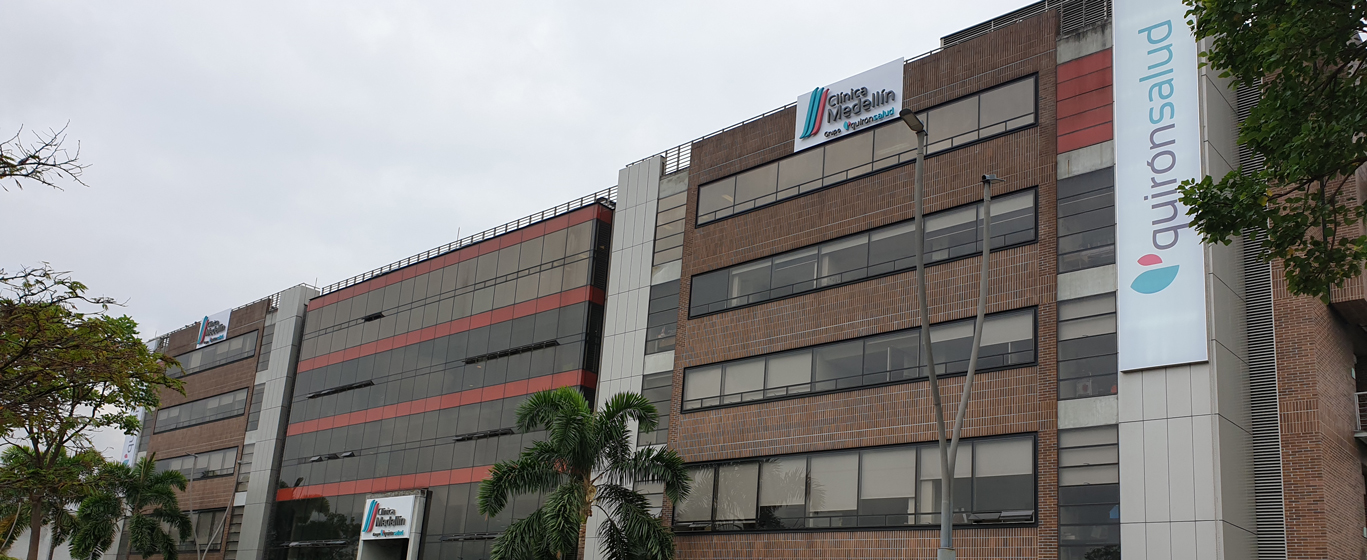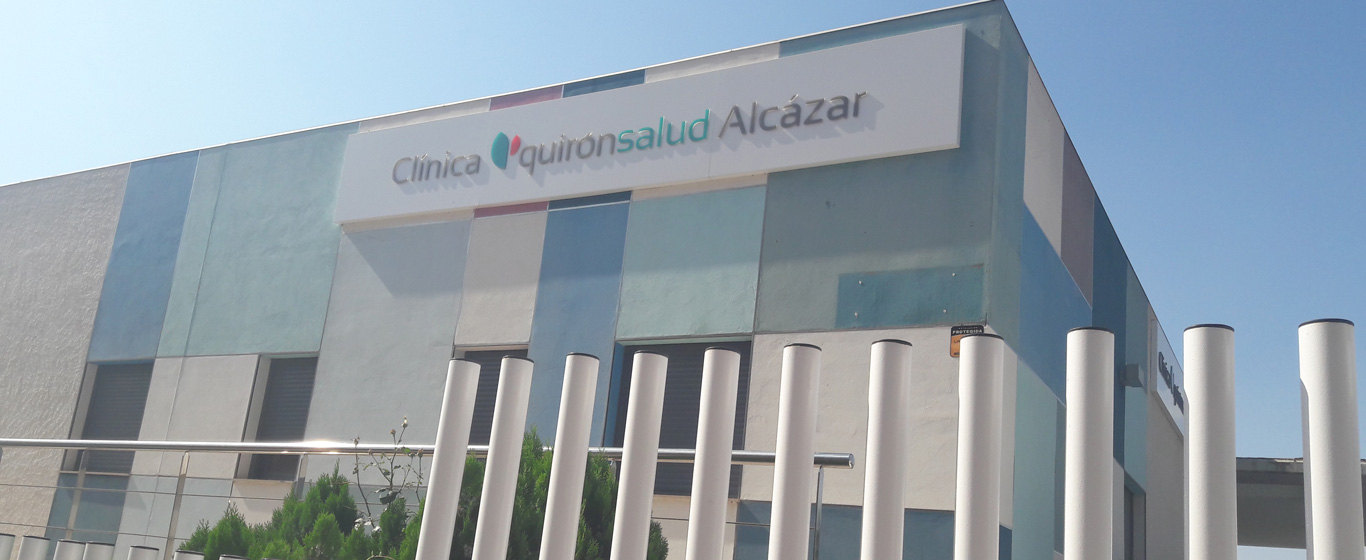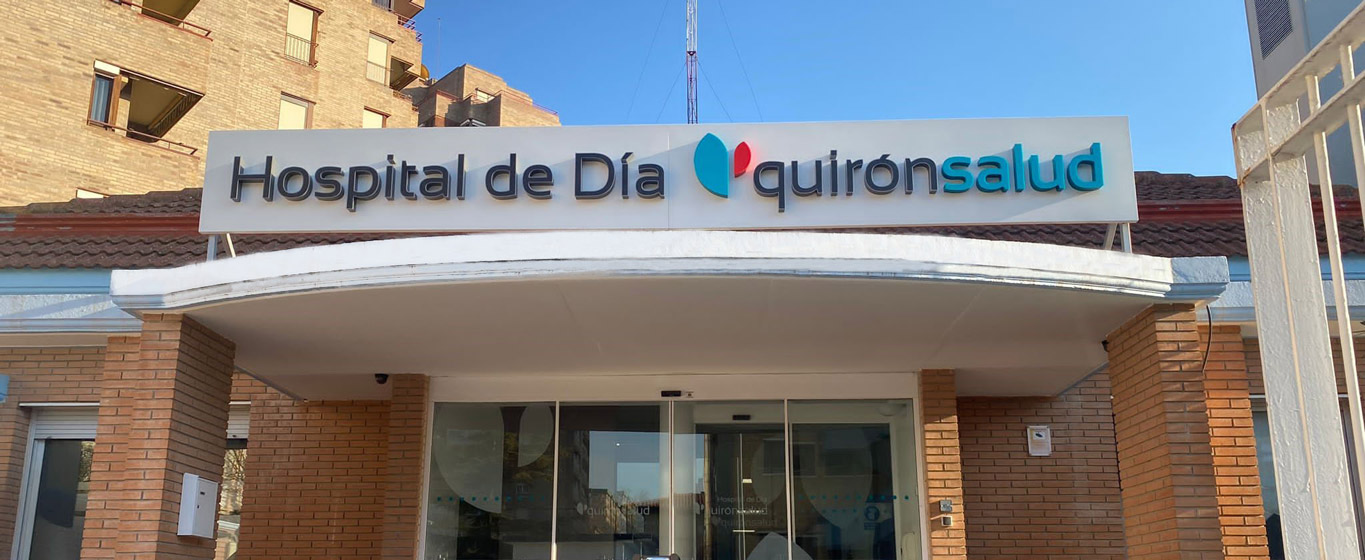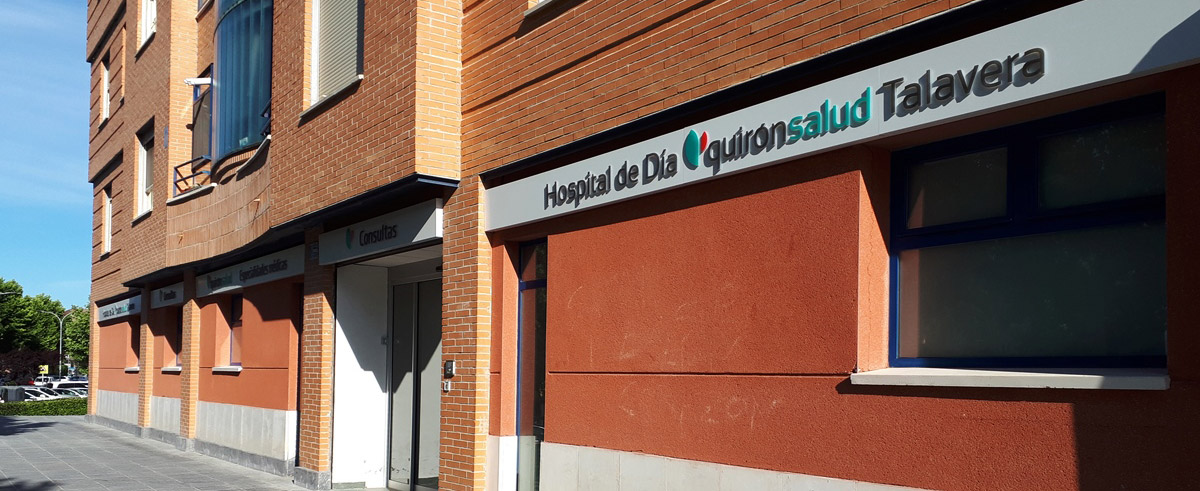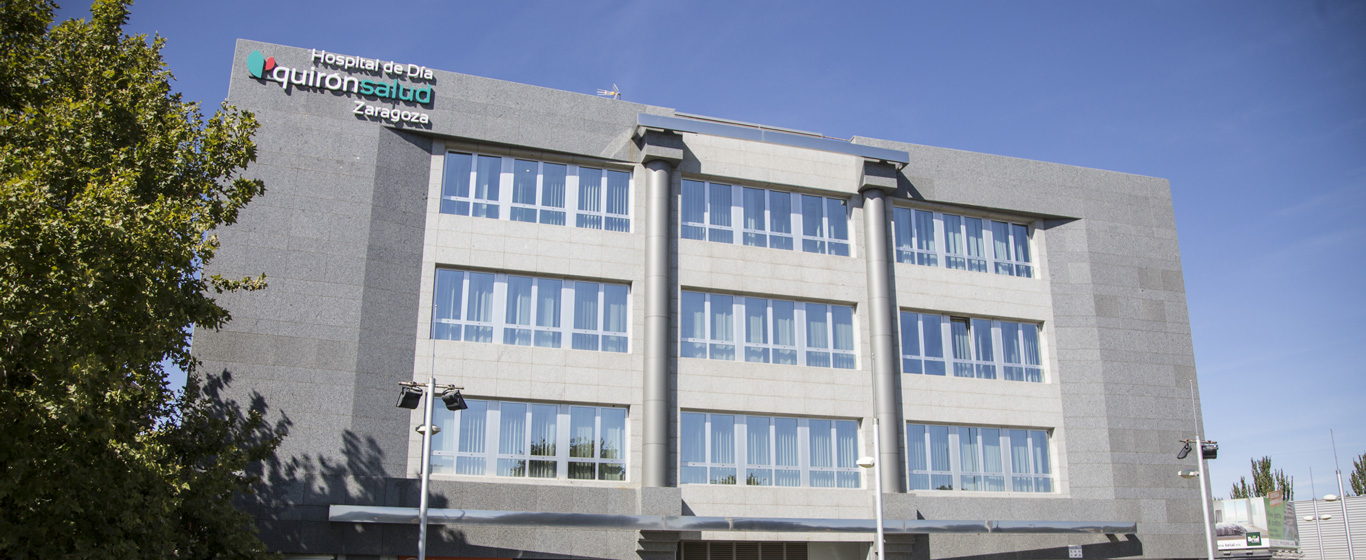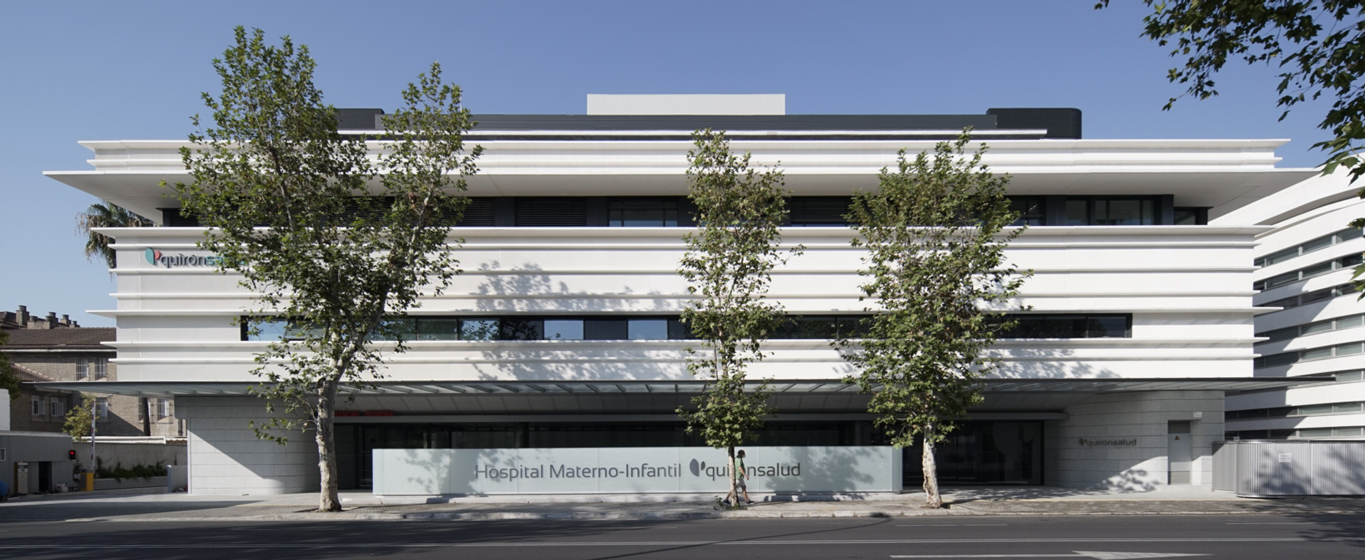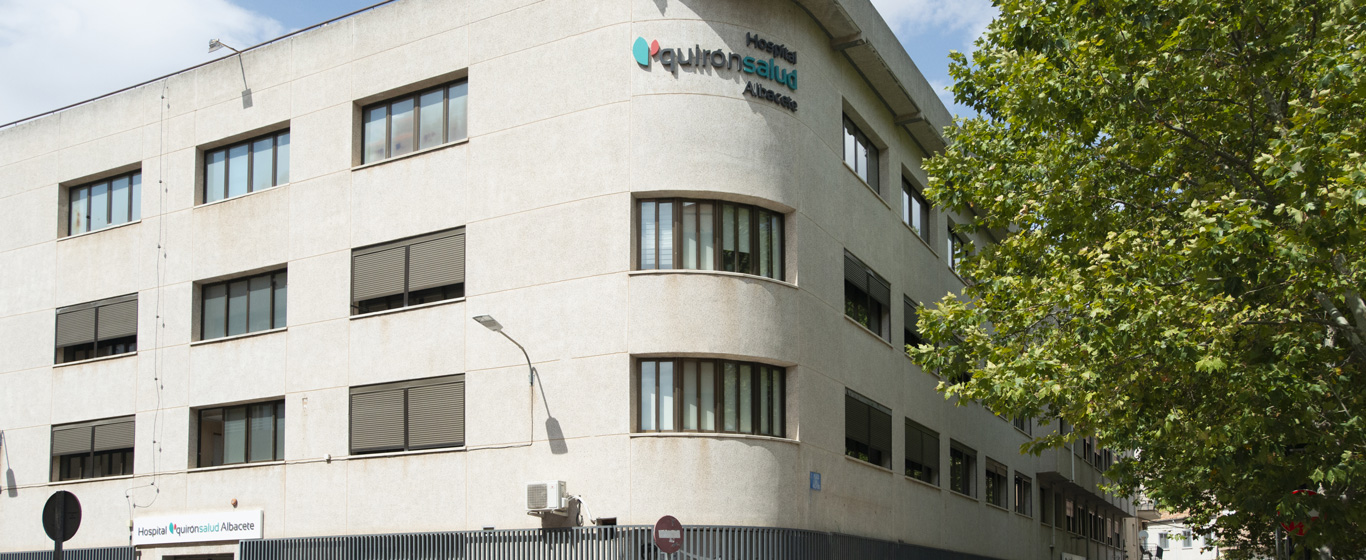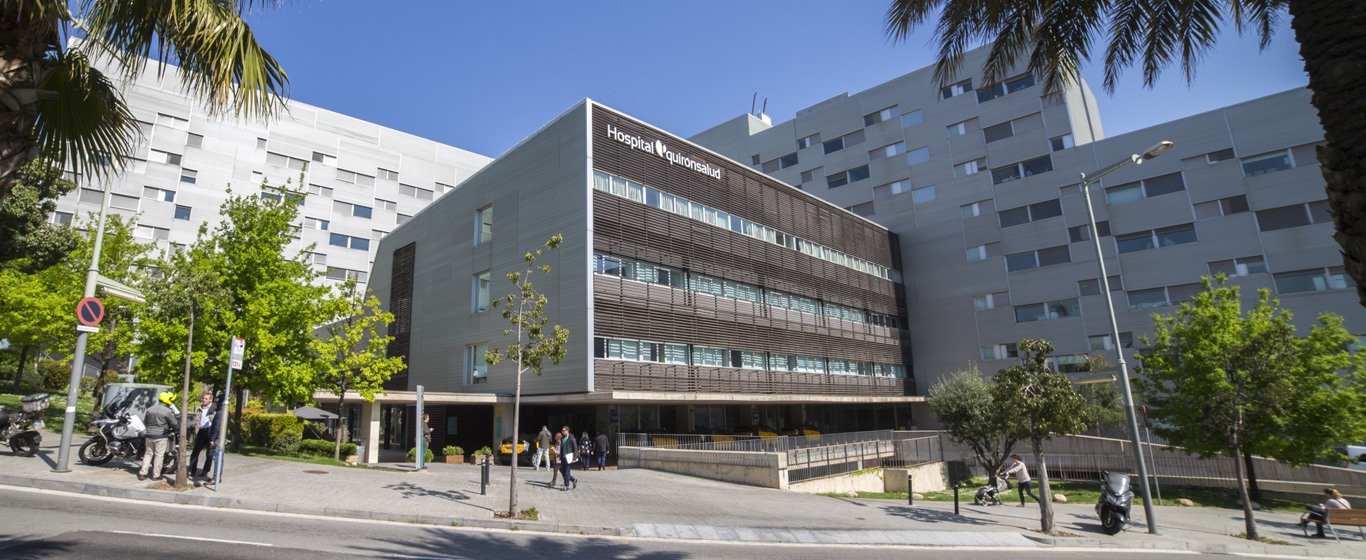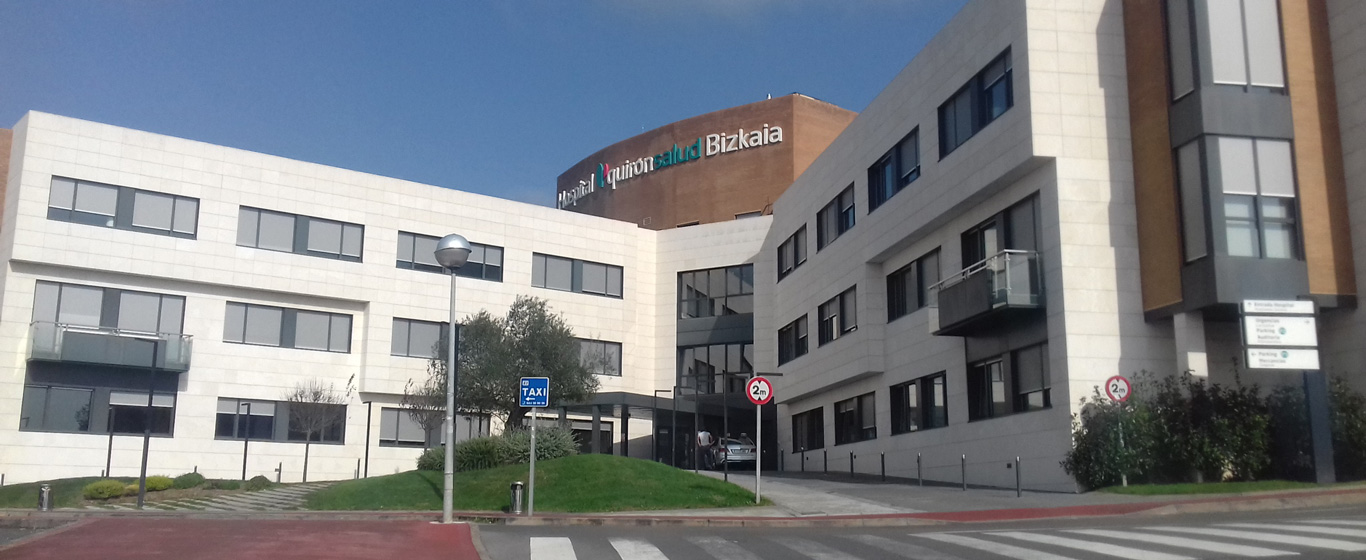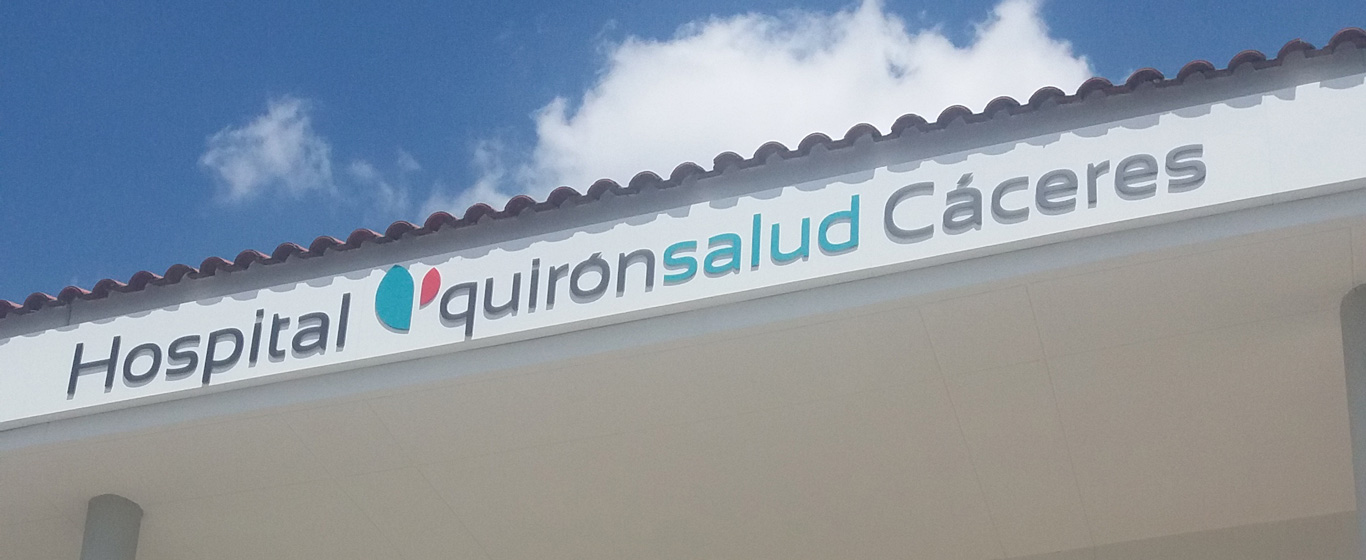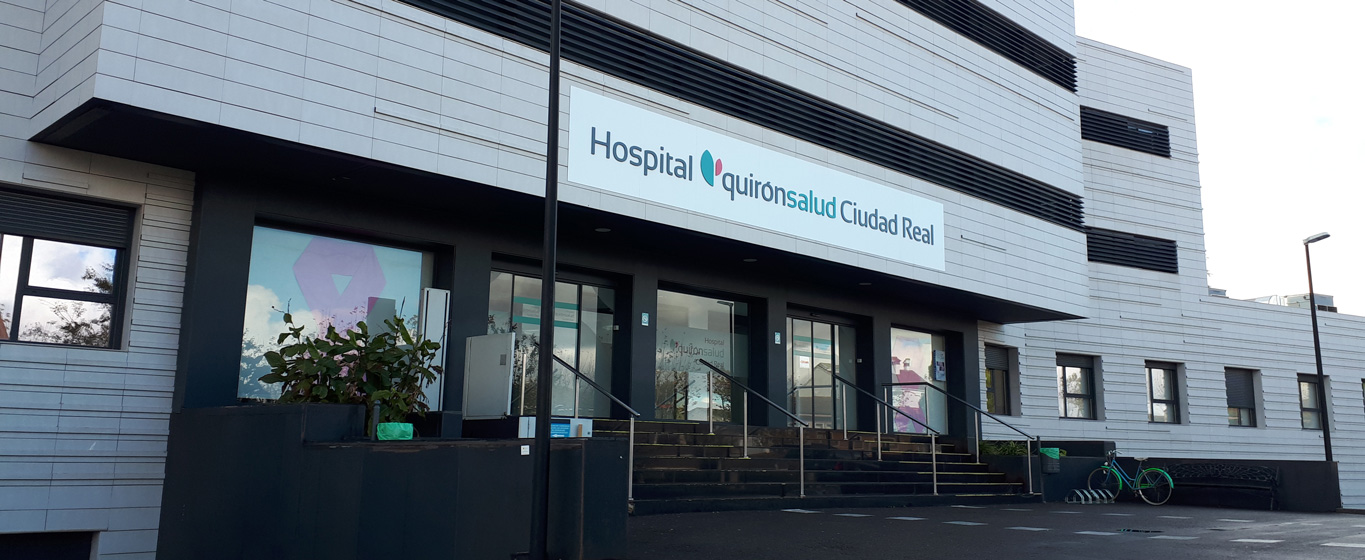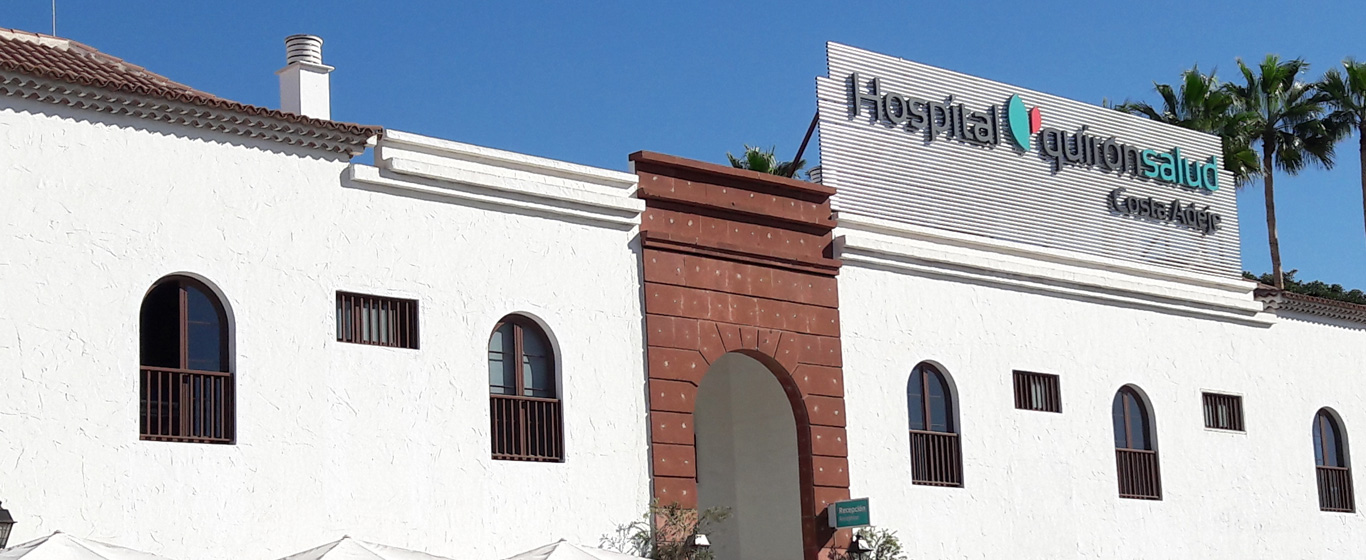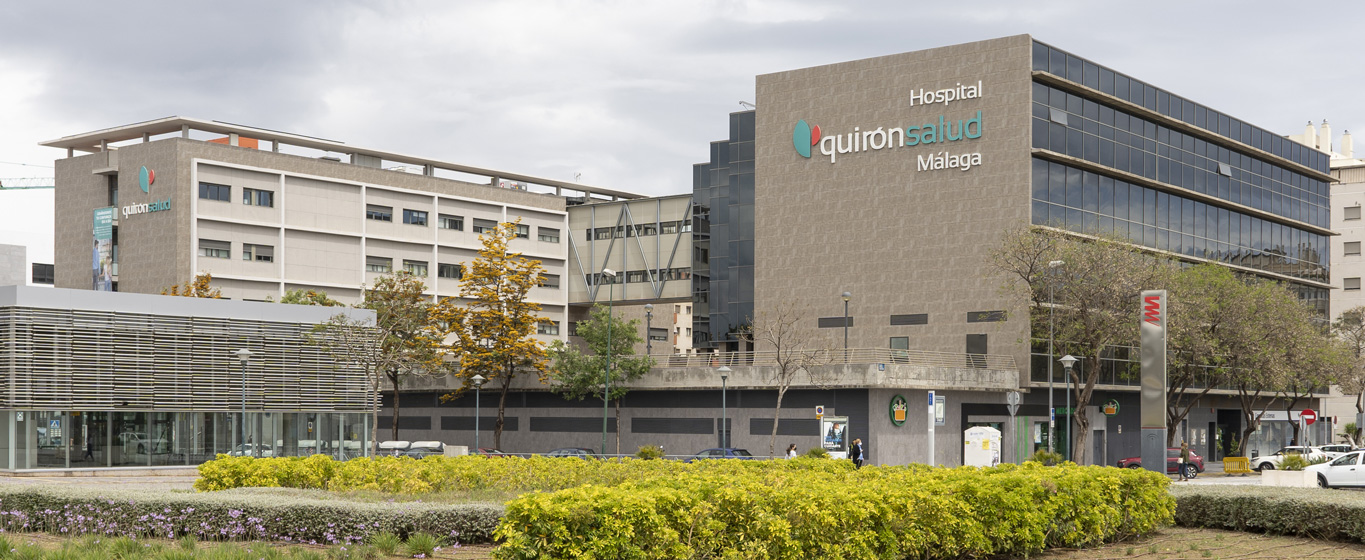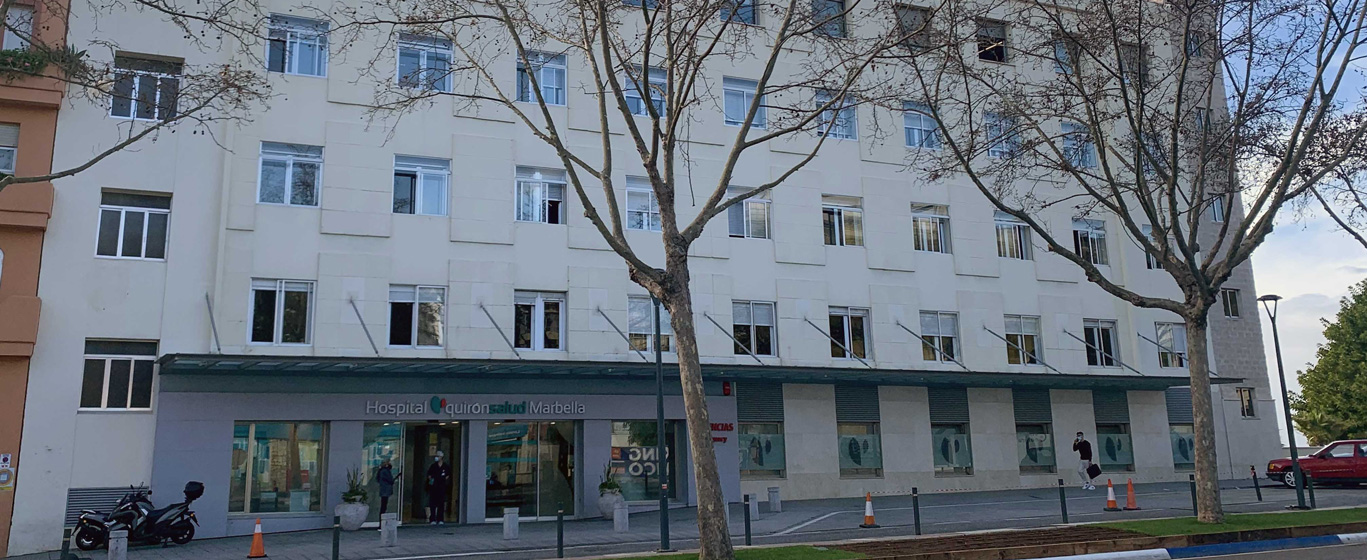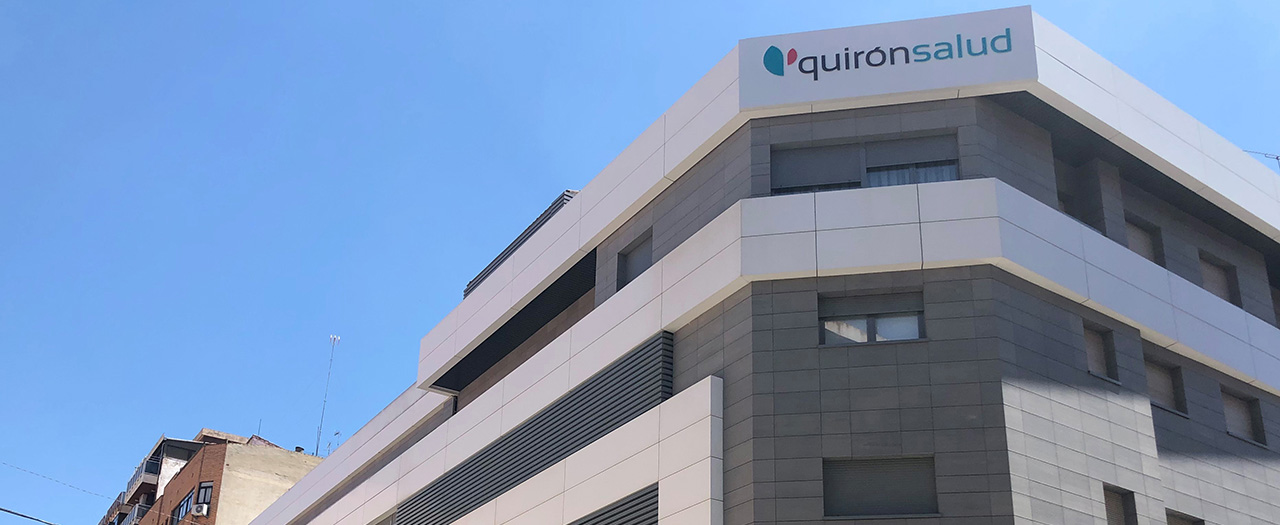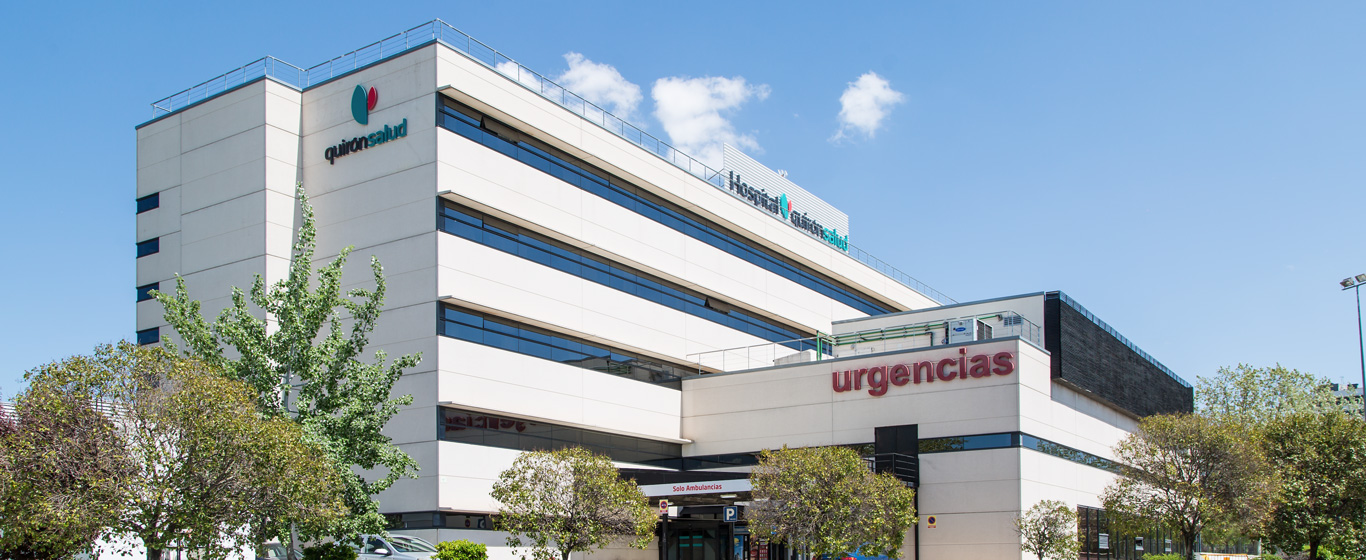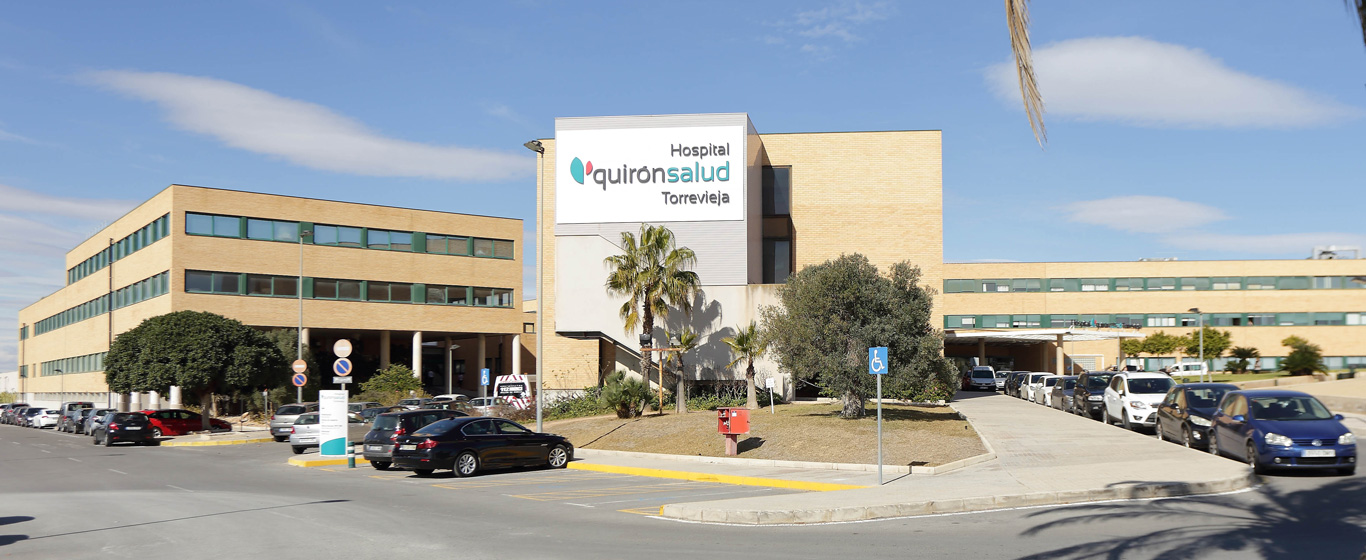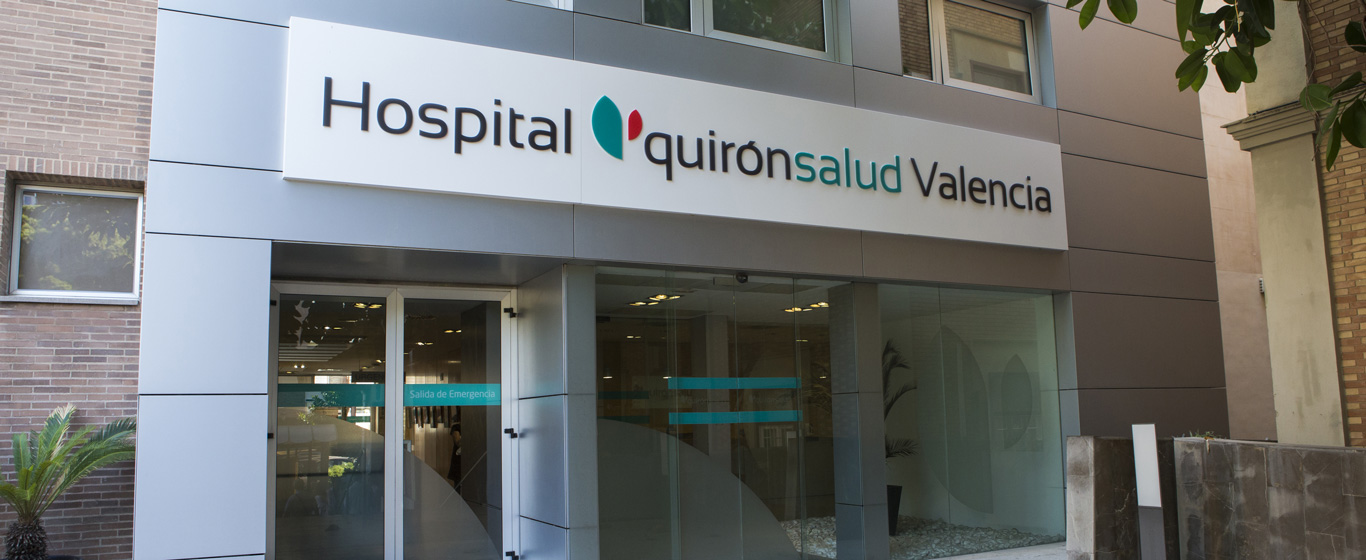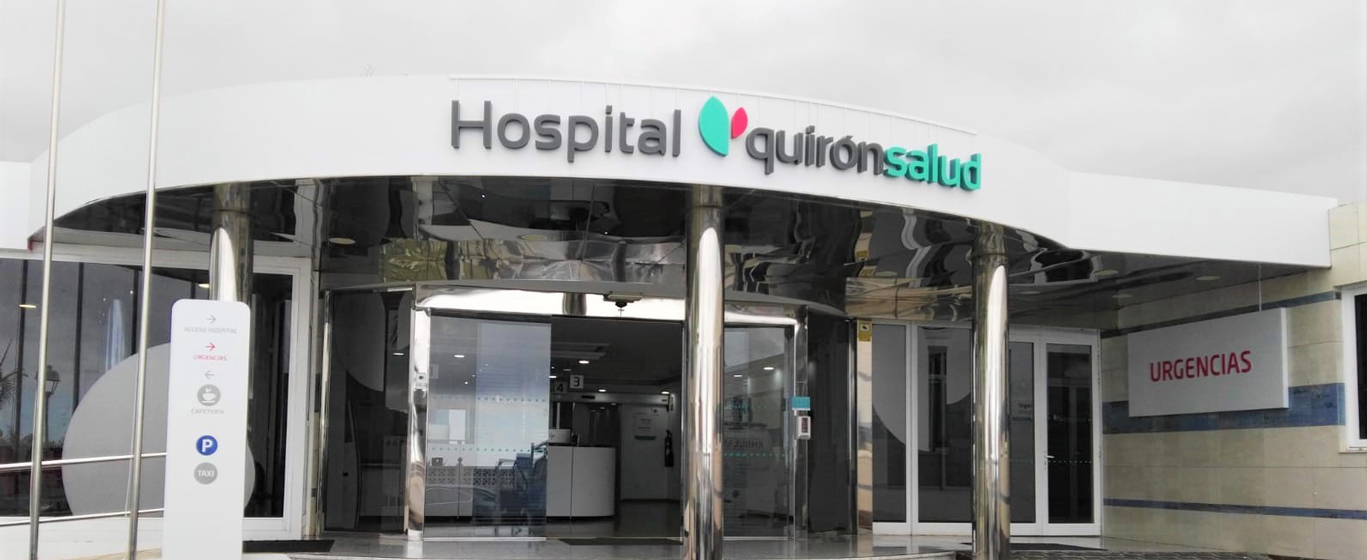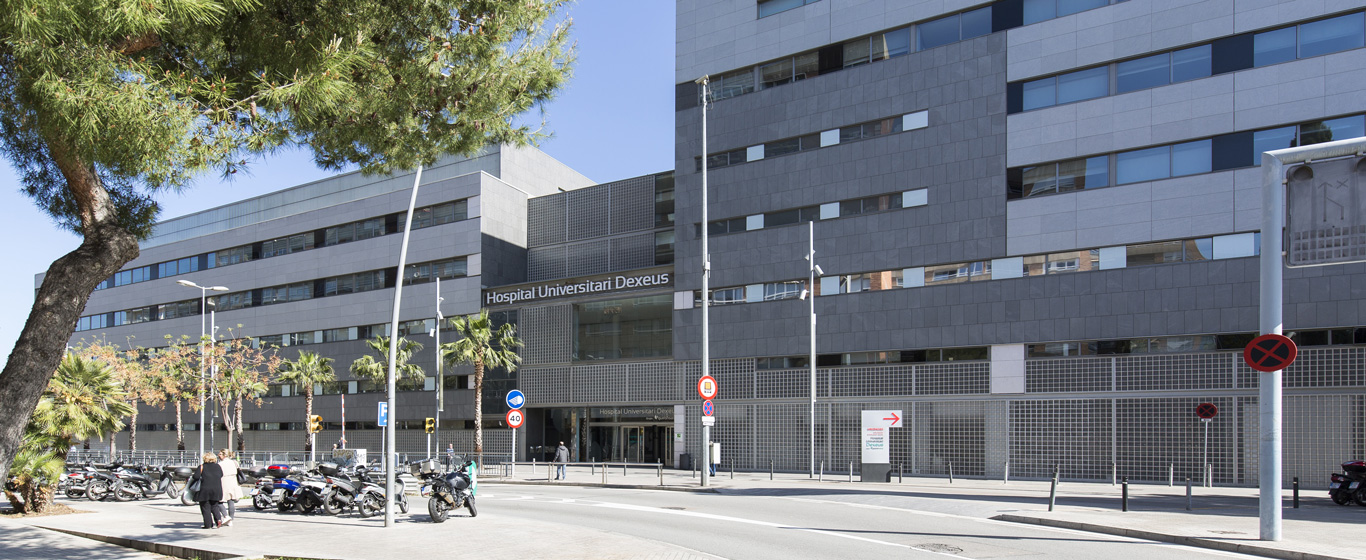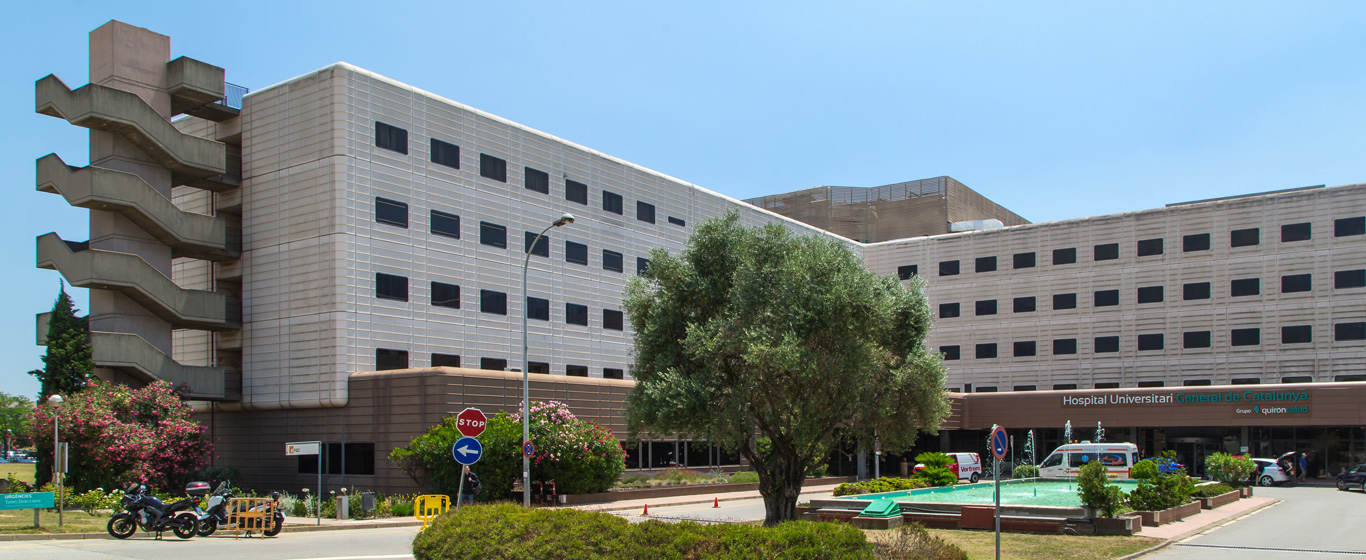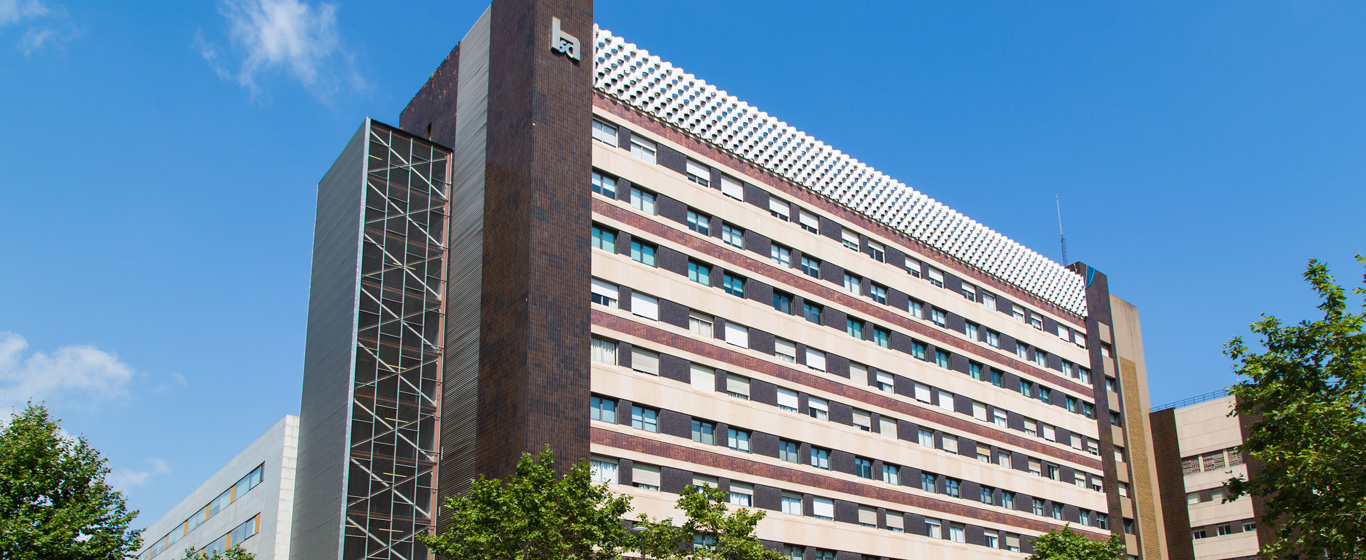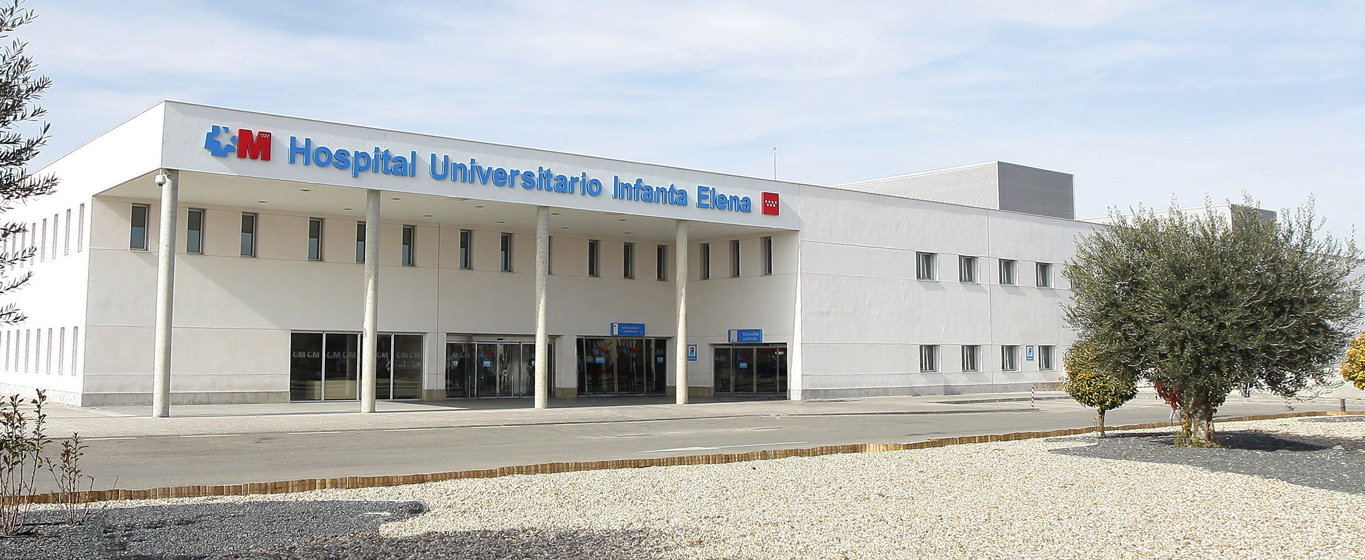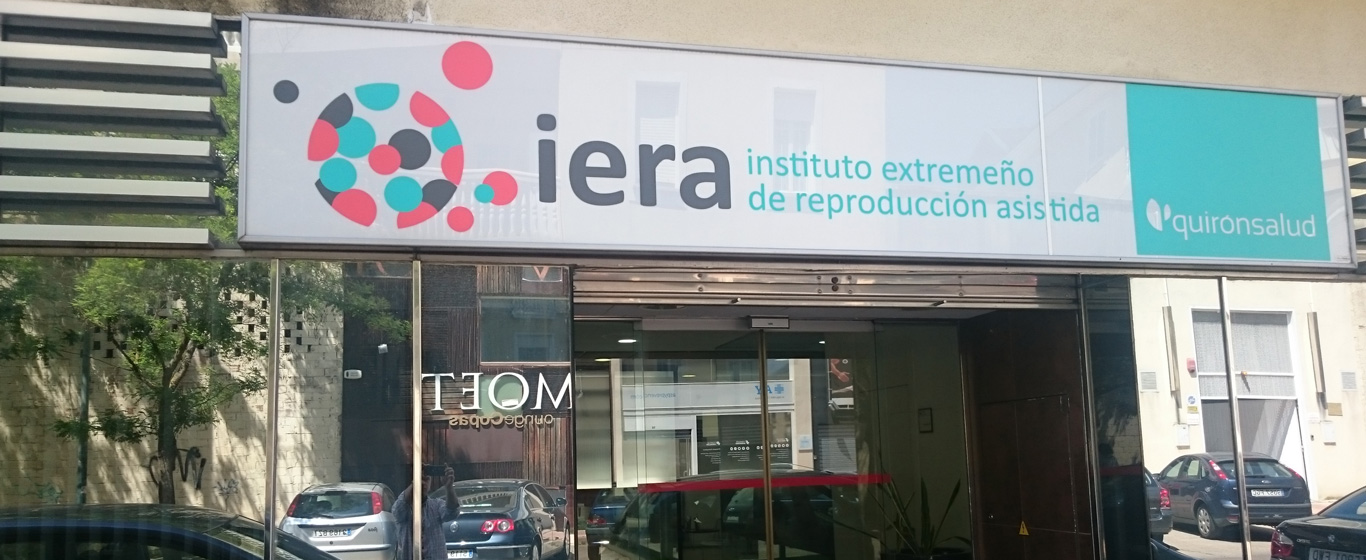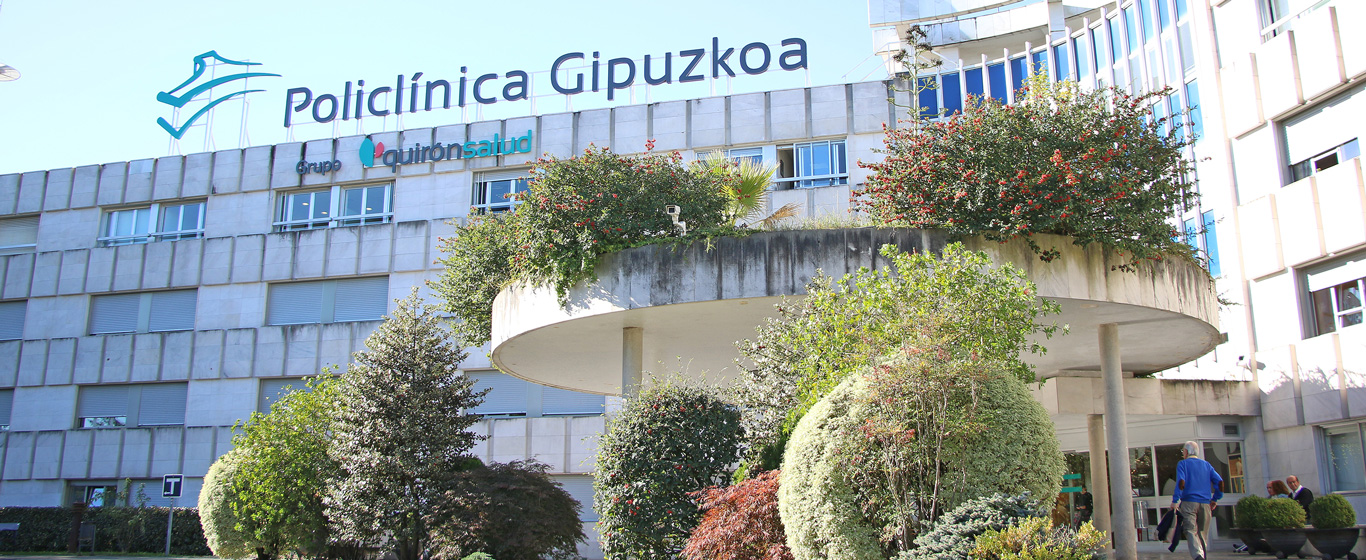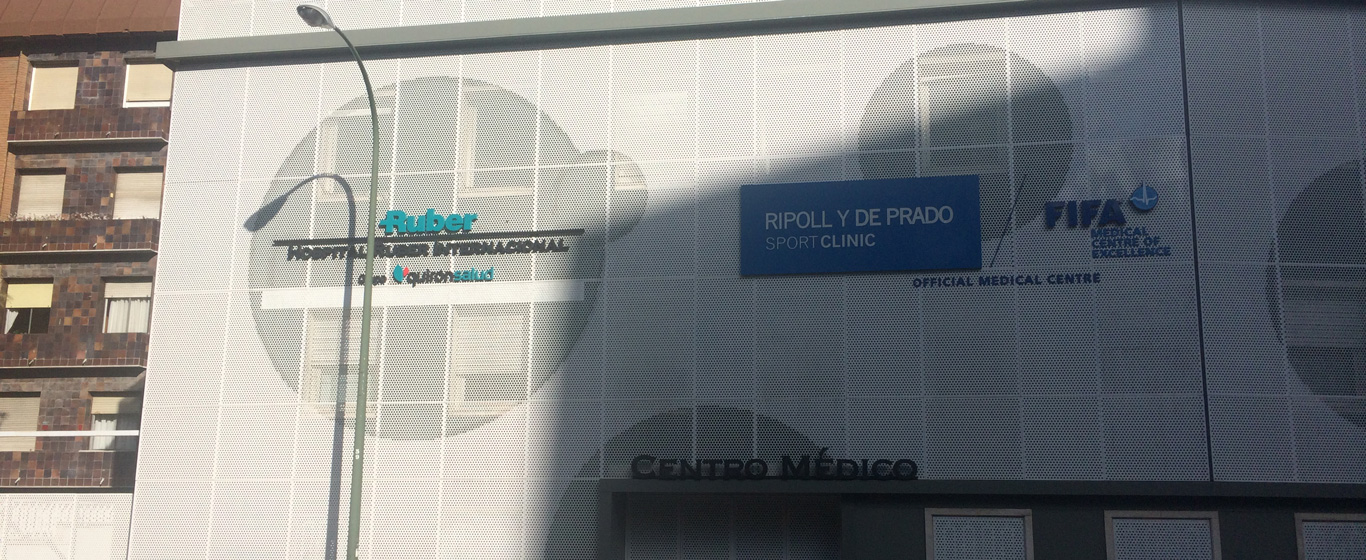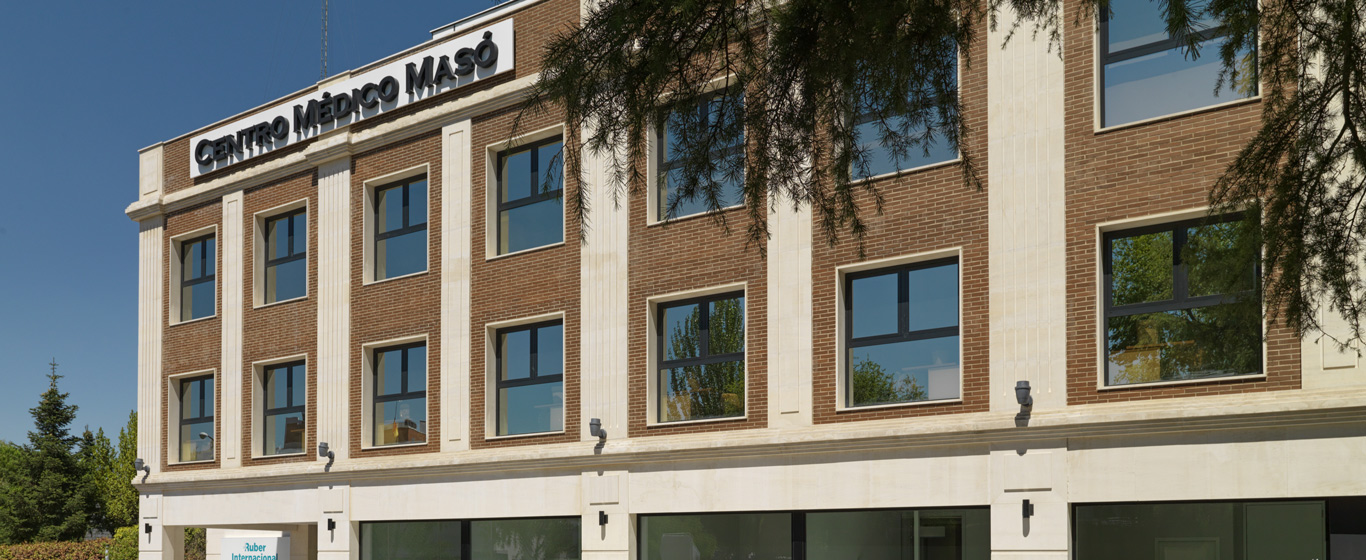Comparative Genomic Hybridization (CGH Array)
Comparative genomic hybridization (CGH array) is a molecular biology procedure that provides information about DNA and potential alterations in the number of chromosomal copies. It is a non-invasive technique that can be performed with a simple blood sample.

General Description
Comparative genomic hybridization, commonly called CGH array or simply aCGH, is a cytogenetic technique widely used in molecular biology to detect alterations in DNA copy numbers. This procedure is useful in prenatal diagnosis as well as in infertility studies and oncological research.
The CGH array is more sensitive than conventional karyotype tests, which detect changes between five and ten million nucleotides (cellular molecules that transmit genetic information) and is capable of locating losses or gains in fragments up to a hundred times smaller.
When is it indicated?
The most common applications of comparative genomic hybridization are:
- Prenatal diagnosis: Identifies or rules out chromosomal abnormalities in fetuses where an anomaly has been observed on an ultrasound.
- Preimplantation diagnosis: Applied to select embryos in in vitro fertilization (IVF) processes when previous miscarriages or implantation failures have occurred.
- Constitutional diagnosis: Used in patients with symptoms compatible with autism spectrum disorder, intellectual disability, or developmental delay.
- Comprehensive study of couples with unexplained infertility problems.
- Cancer research: Helps classify tumors and find personalized treatments for oncology patients through the study of chromosomal alterations in cancer cells. In fact, this was the first utility given to this procedure.
CGH array studies are recommended to increase diagnostic possibilities due to their high resolution, to tailor treatments to each patient’s specific needs, or to improve reproductive counseling.
How is it performed?
The aCGH technique is based on comparing two DNA samples (the reference and the one under analysis) to find differences and similarities. The steps involved are:
- Isolate the samples and separate the DNA strands.
- Label each sample with a different fluorochrome (a labeling substance that emits light when stimulated).
- Mix the DNA strands so they hybridize, forming double strands. To organize these strands into chromosomal regions, DNA arrays are used with which both the reference and the study DNA hybridize.
- Using a scanner, observe the fluorescence of each resulting molecule to determine if there are differences in copy numbers in any of the fragments. If the reference strand's color predominates, there is a deletion, while if the test strand's color is more visible, there is a duplication. In healthy patients, a color resulting from the mix of both is formed.
Despite the complexity of the test, the patient does not need to undergo major procedures, as it is performed using a blood sample. When necessary, a specialist might use a saliva, skin, placental tissue, or amniotic fluid sample.
Risks
Comparative genomic hybridization analysis poses no health risks.
Some patients might feel dizzy during blood extraction. In rare cases where amniotic fluid or placental tissue samples are used, there is a minimal risk of miscarriage.
What to expect from a CGH array
On the sample collection day, it is recommended to wear comfortable clothing to easily expose the arm. Generally, the patient sits with the arm extended, and a needle is inserted into one of the veins in the back of the elbow to collect the necessary blood with a syringe.
To prevent a bruise at the puncture site, it is recommended to press with gauze for a few minutes. The patient can immediately resume their routine.
In cases where a different sample is needed, the procedures are as follows:
- Saliva: A cotton-tipped swab is introduced into the patient’s mouth and rubbed against the inside of the cheek for a few seconds.
- Skin: A small amount is scraped with a scalpel. To avoid discomfort, local anesthesia is applied. A sterile dressing is placed over the area and should be kept for seven days afterward.
- Amniotic fluid: A needle is inserted through the abdomen with the help of ultrasound images. Once in the sac, a sample is extracted by activating the syringe plunger. Small amounts of fluid may leak through the vagina in the hours afterward. Rest is recommended for 24 to 48 hours.
- Chorionic villus (placental tissue): The procedure is similar to the previous one, using a needle to take a sample of the placenta.
Results are obtained in a consultation with the specialist several weeks after the sample collection. When the result is negative, there is a small possibility of having a genetic disease undetectable even by the CGH array test. If positive, the process of finding the most appropriate treatment for each patient begins.
Specialties requesting a CGH array
Comparative genomic hybridization is a common test in the specialties of gynecology and obstetrics, assisted reproduction, oncology, genetics, pediatrics, and oncology.
How to prepare
No special preparation is needed before sampling for a CGH array. Fasting is not required.




